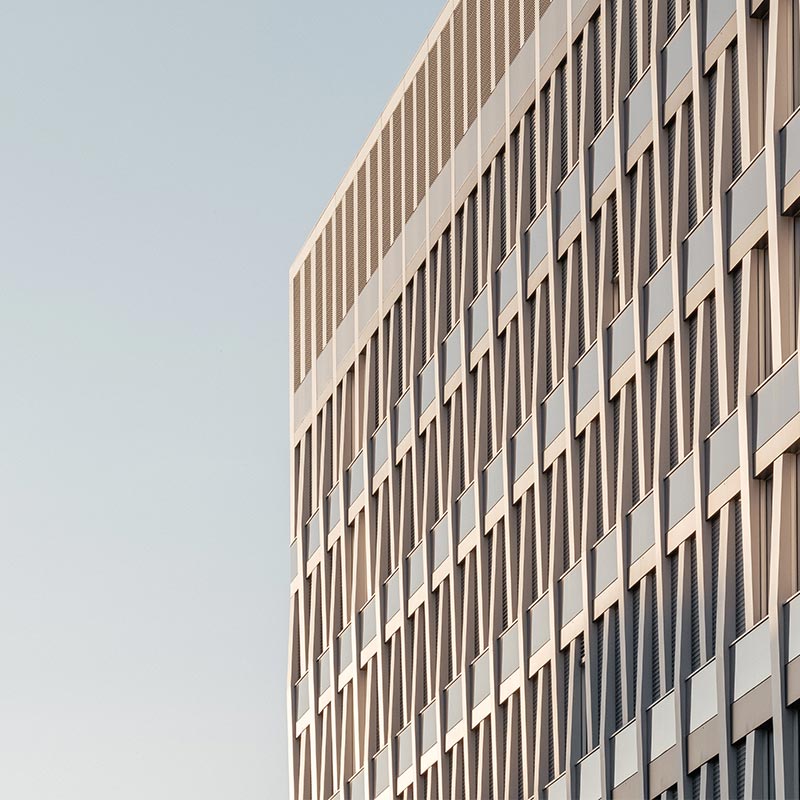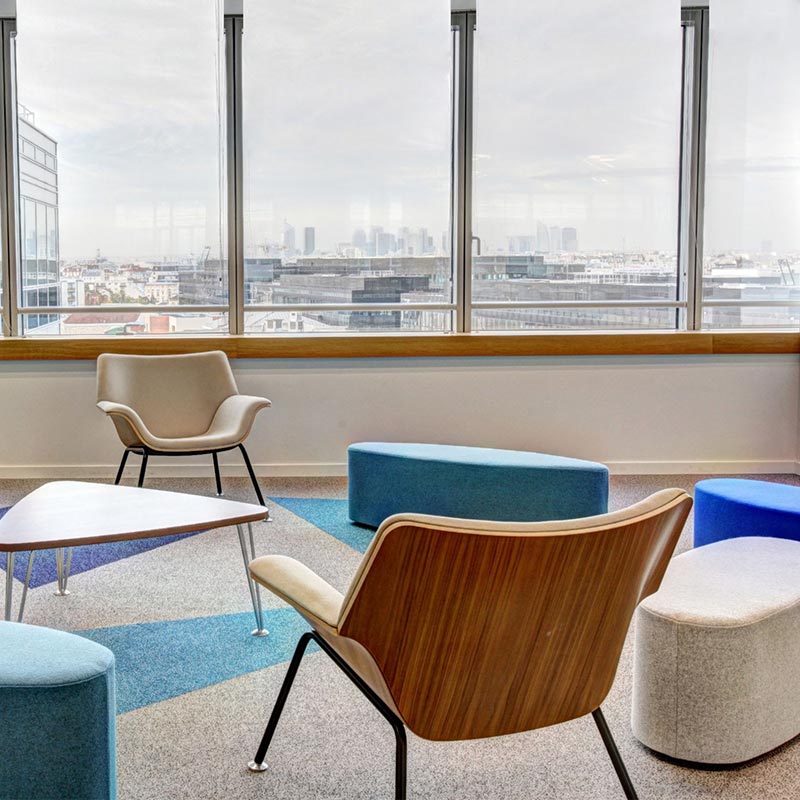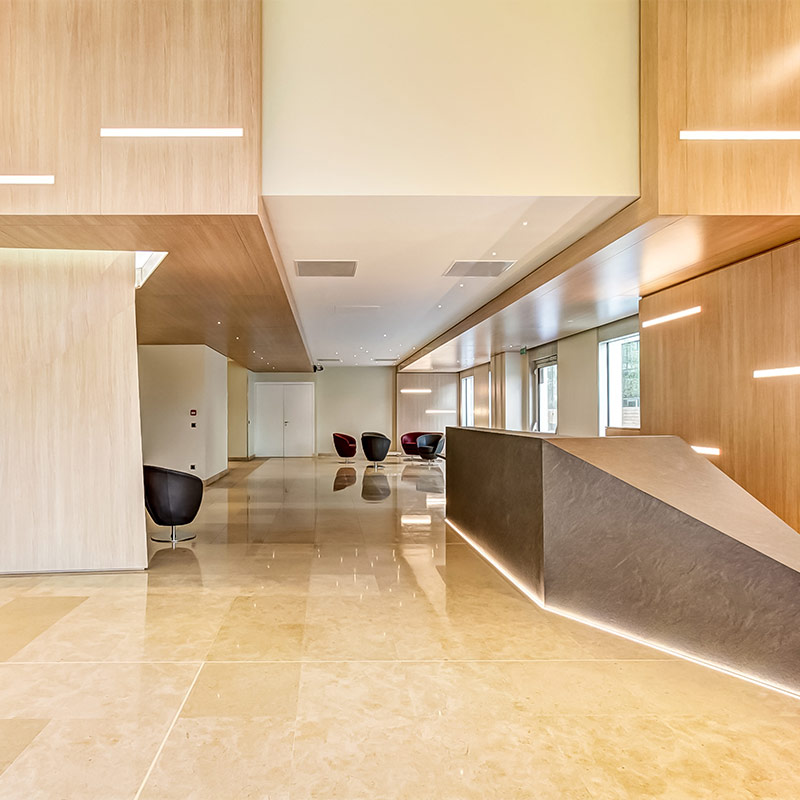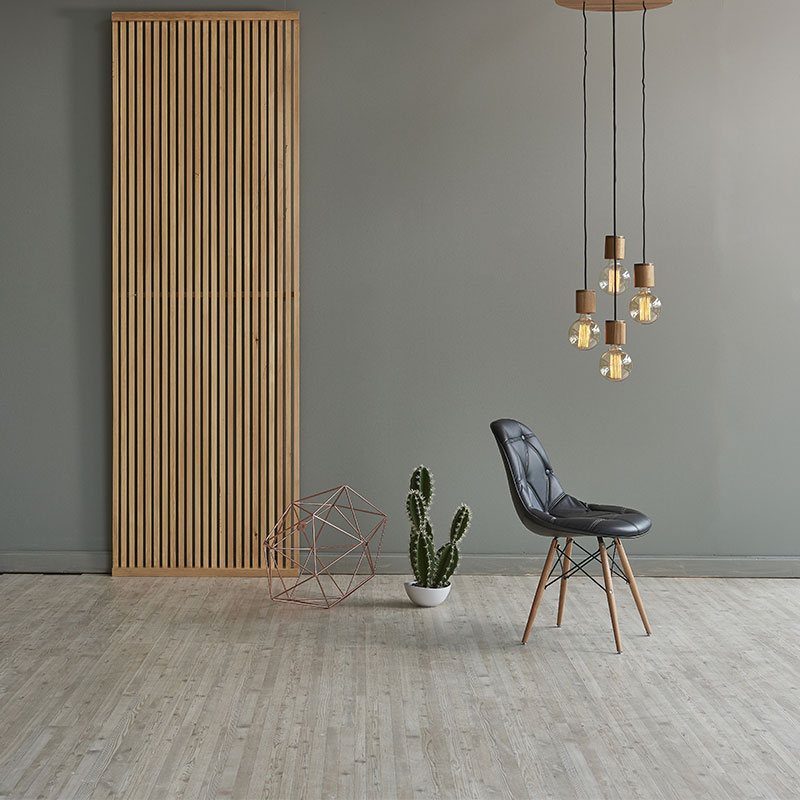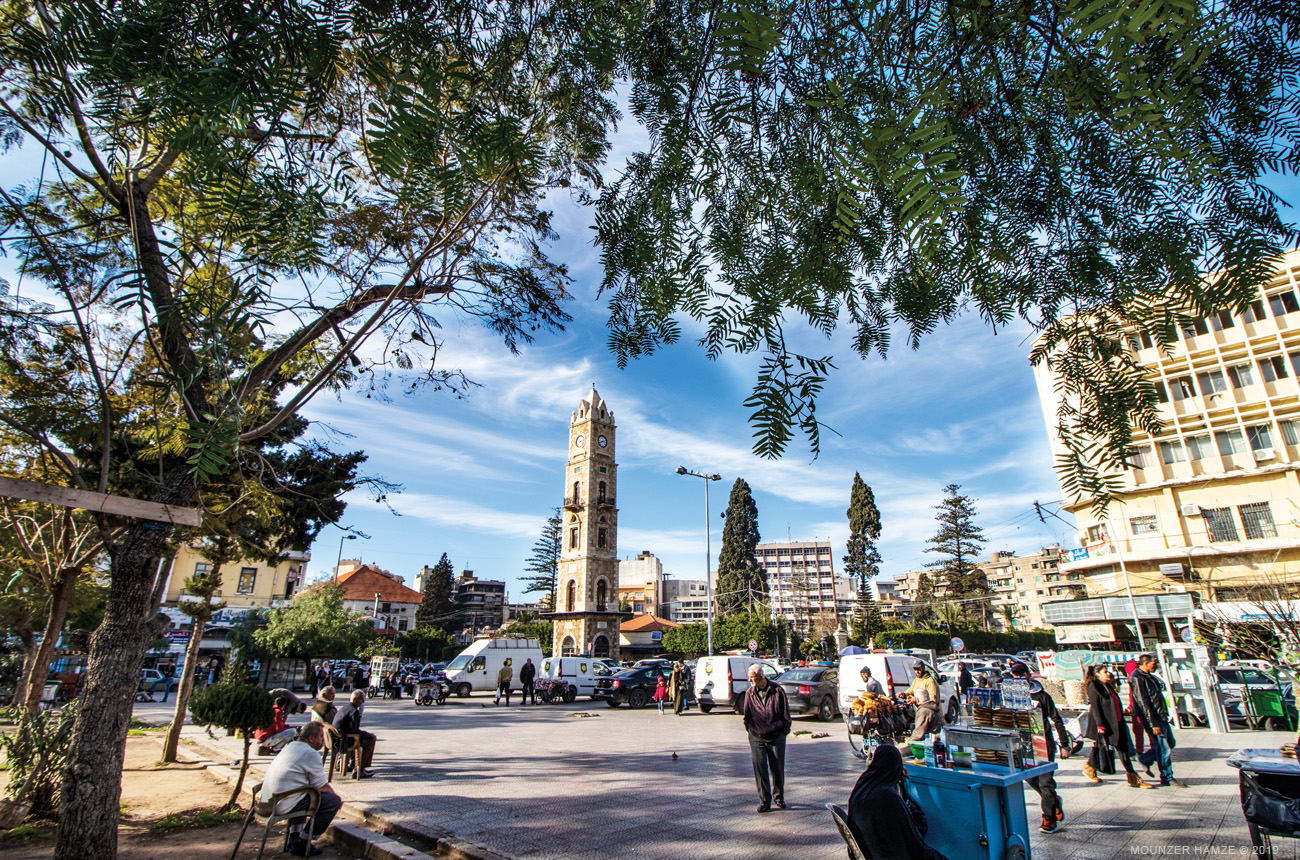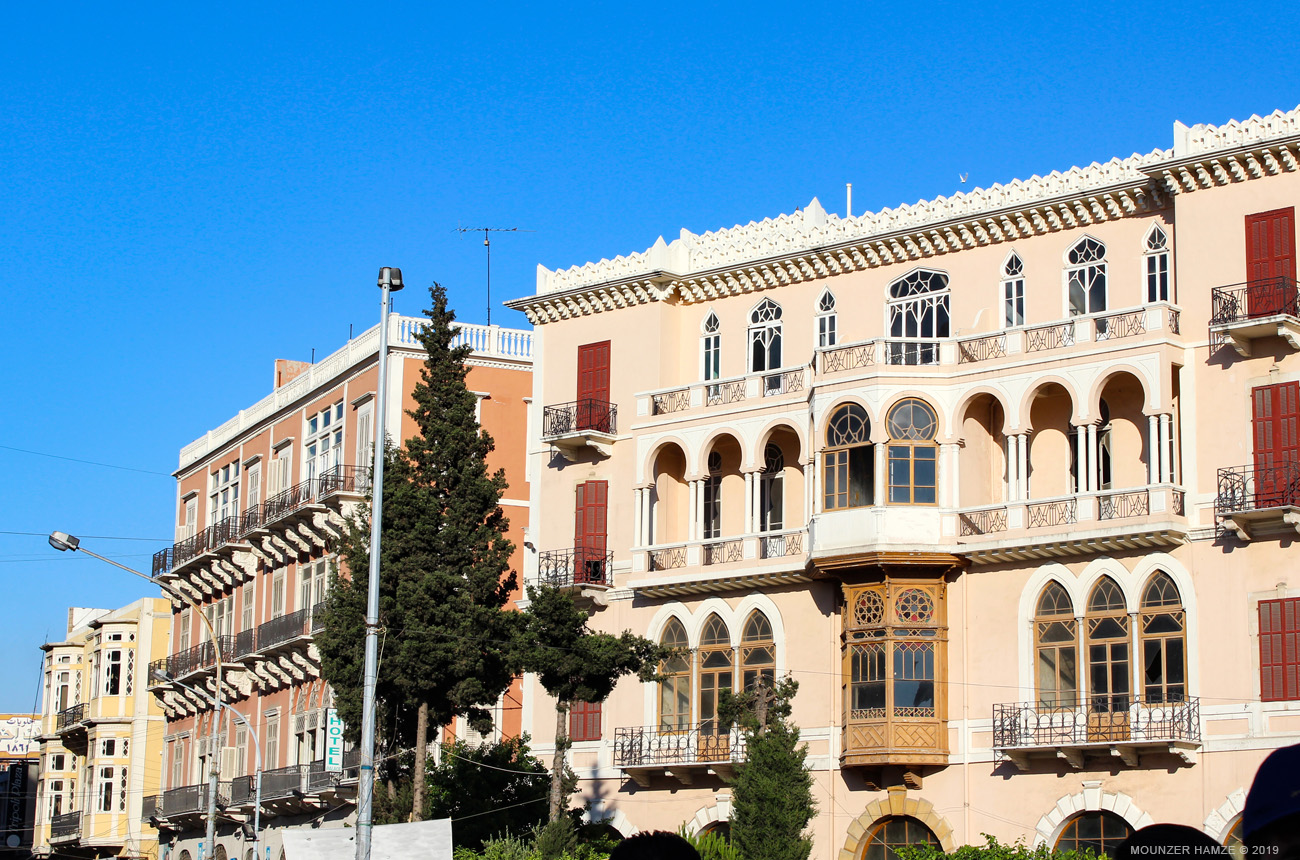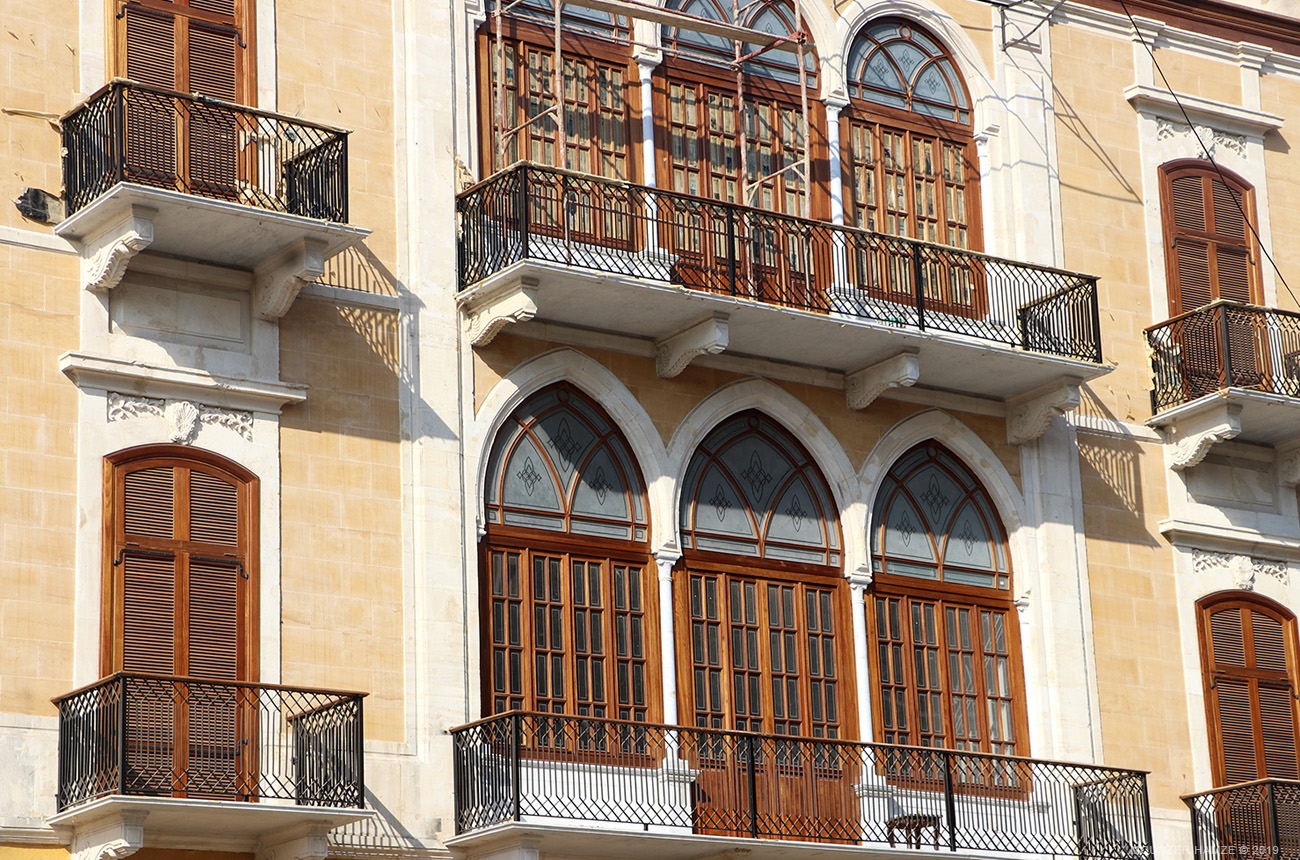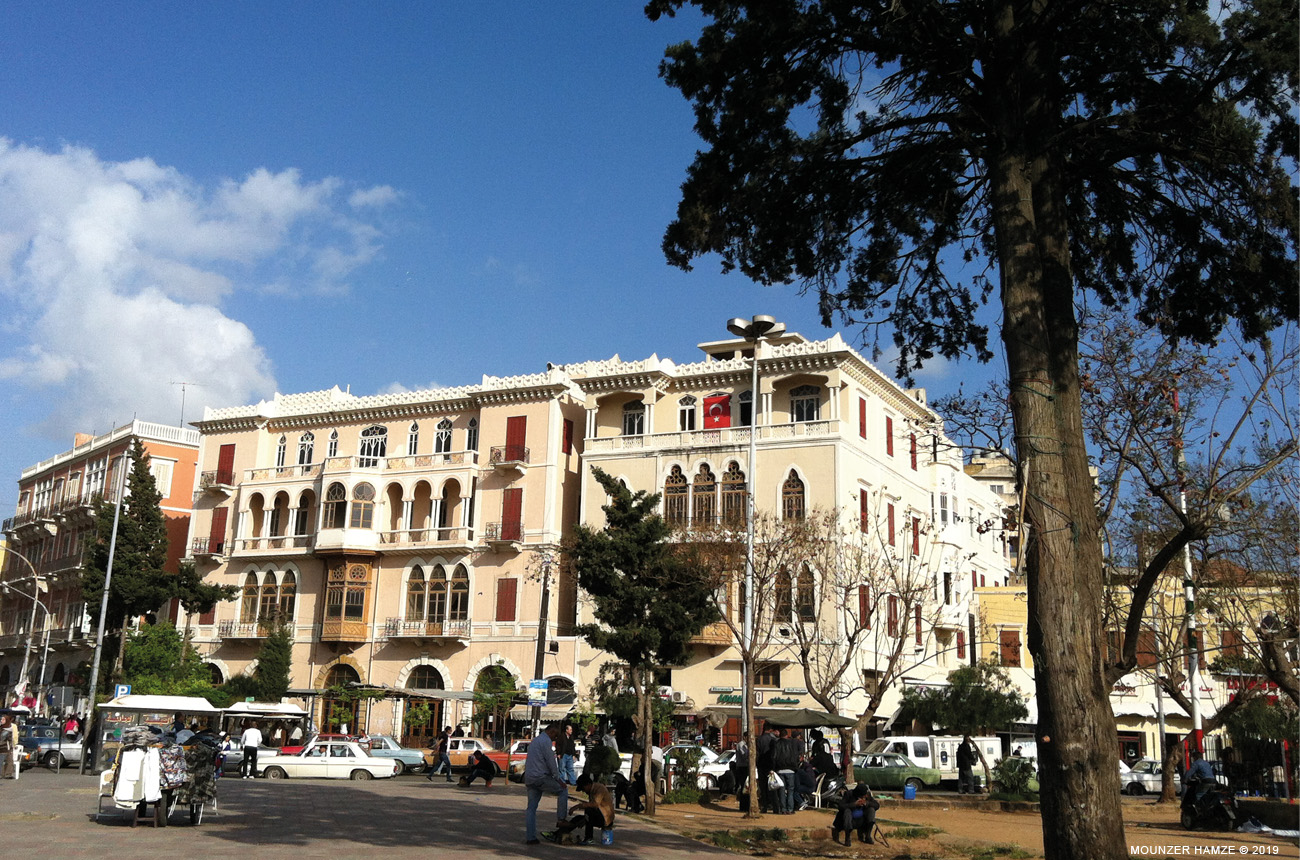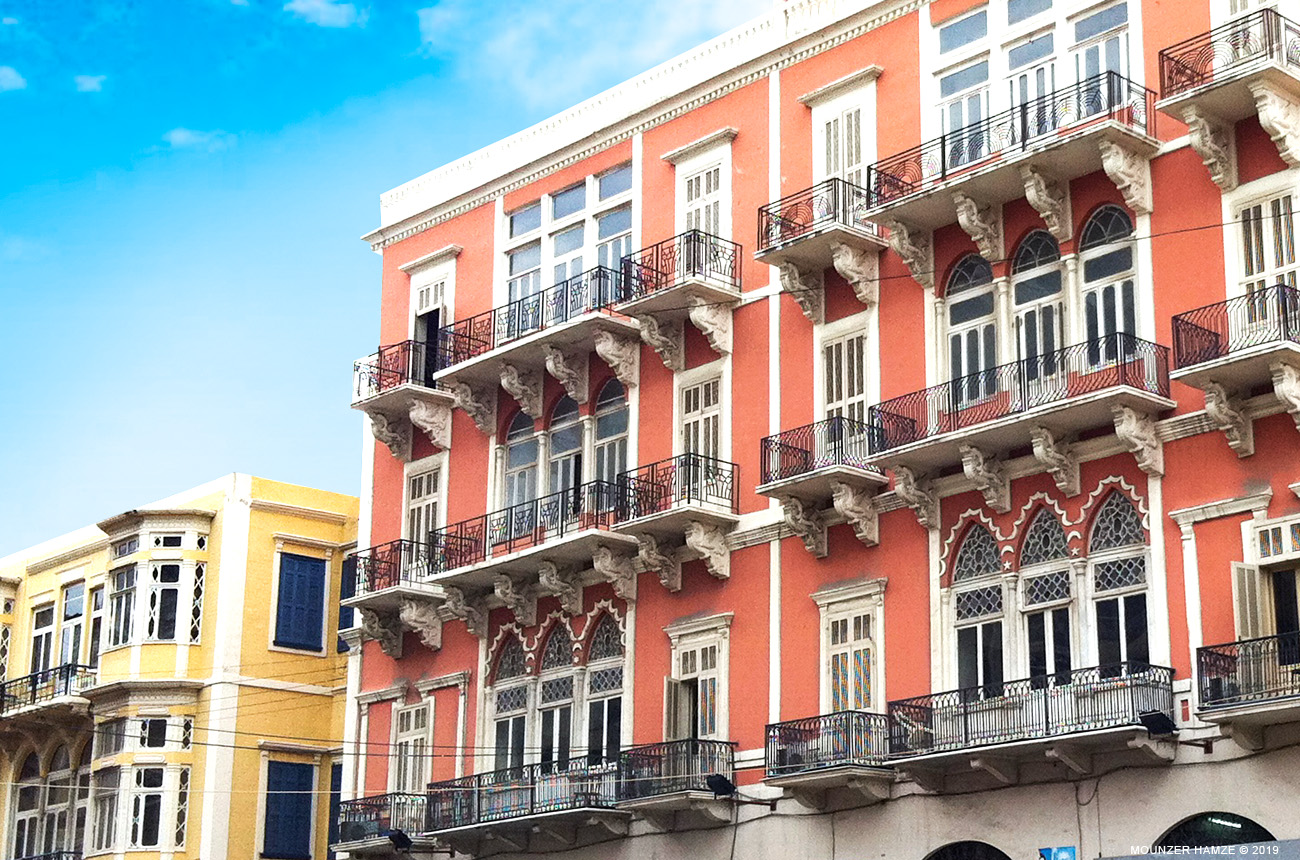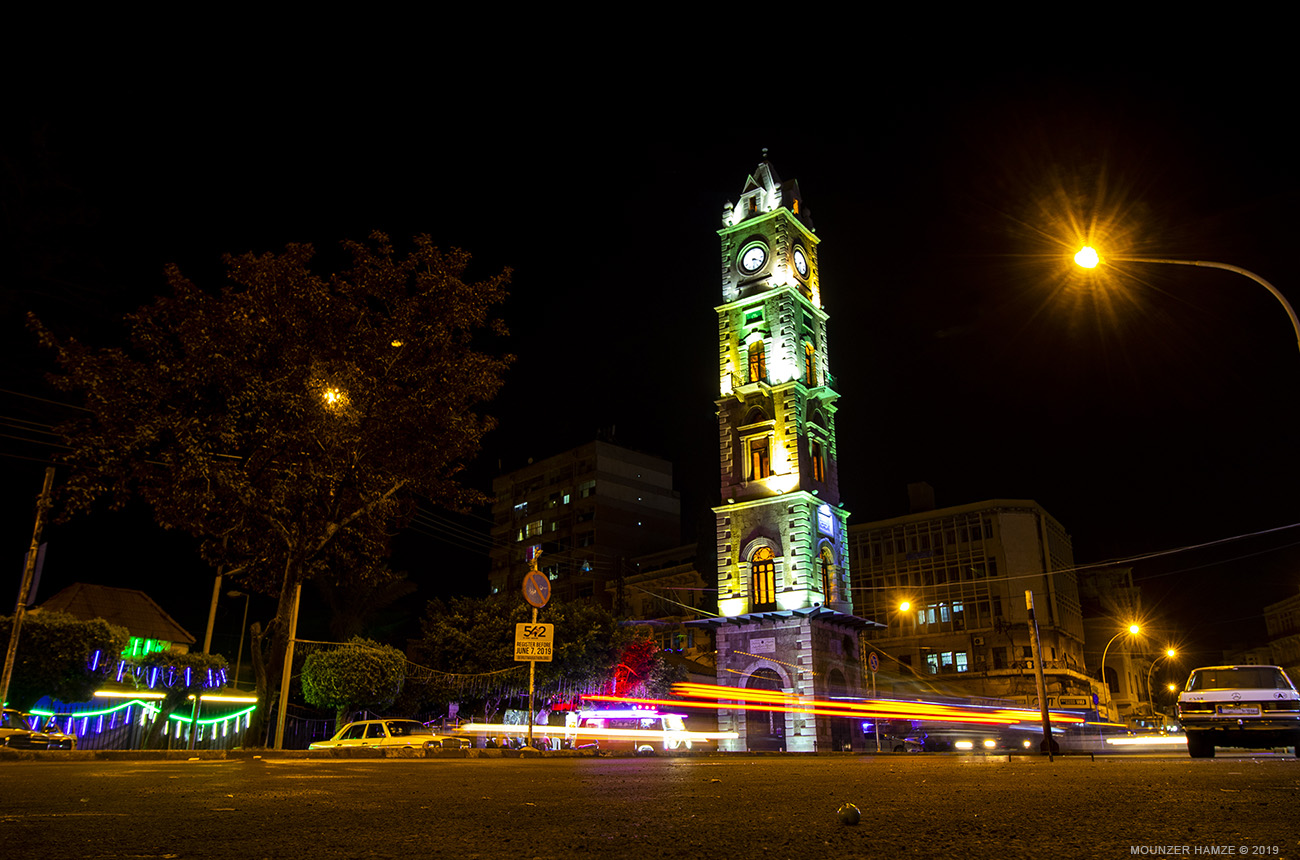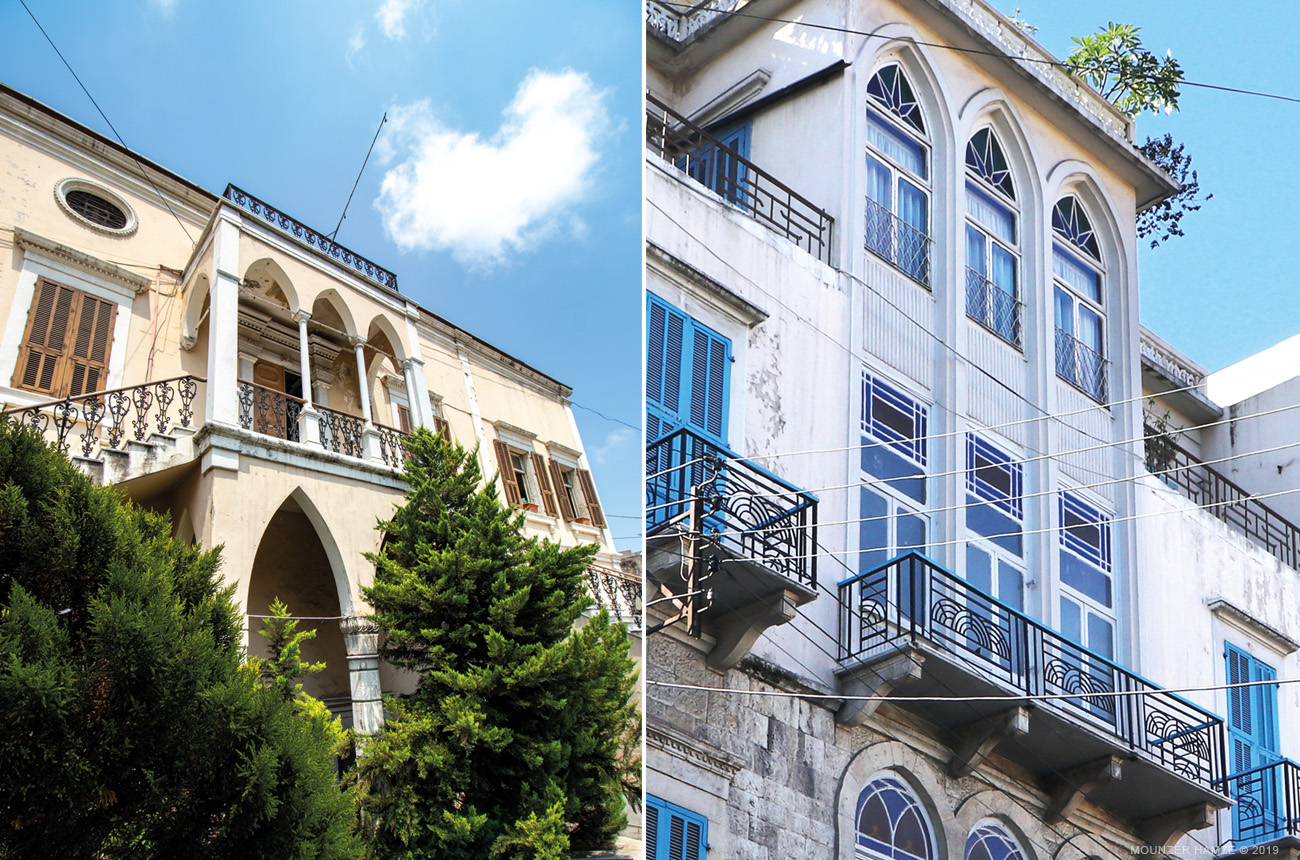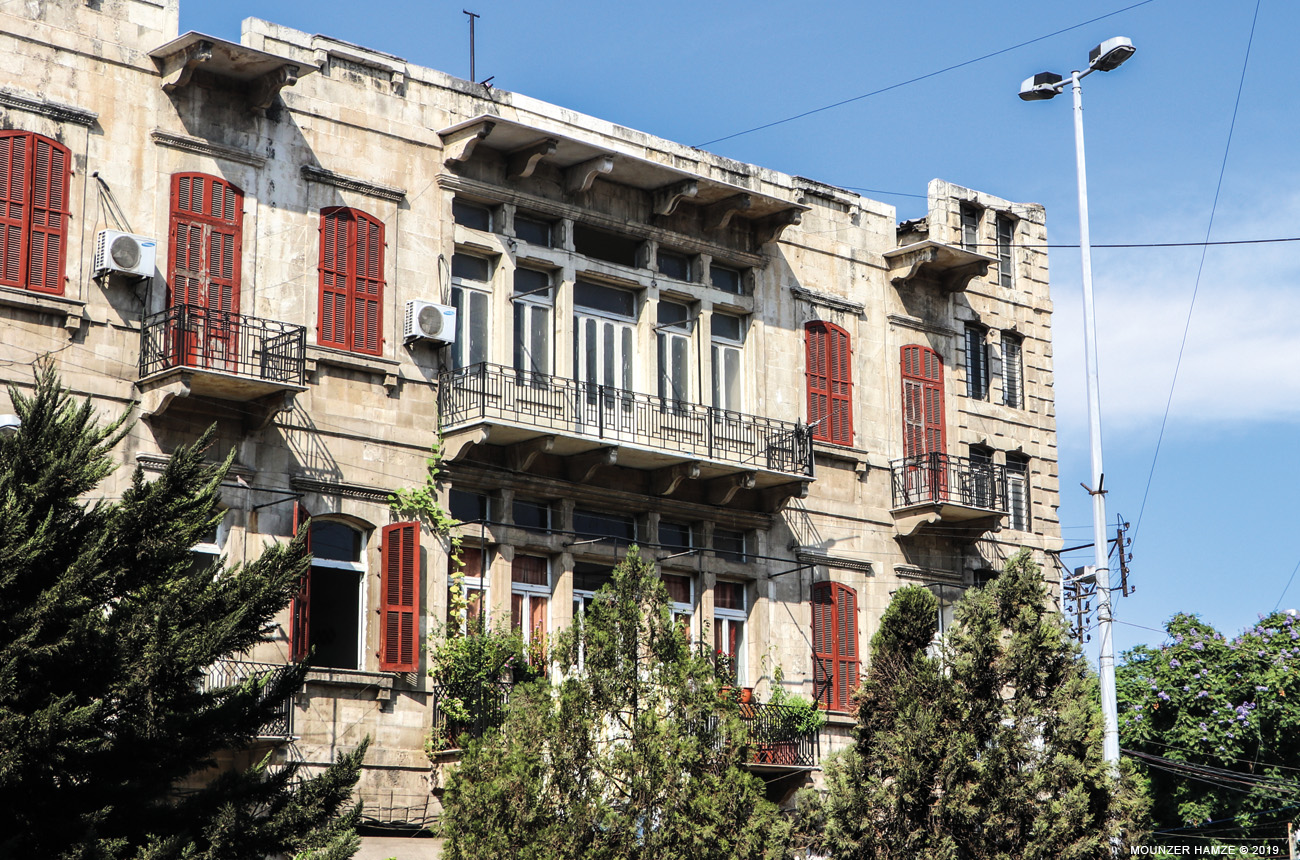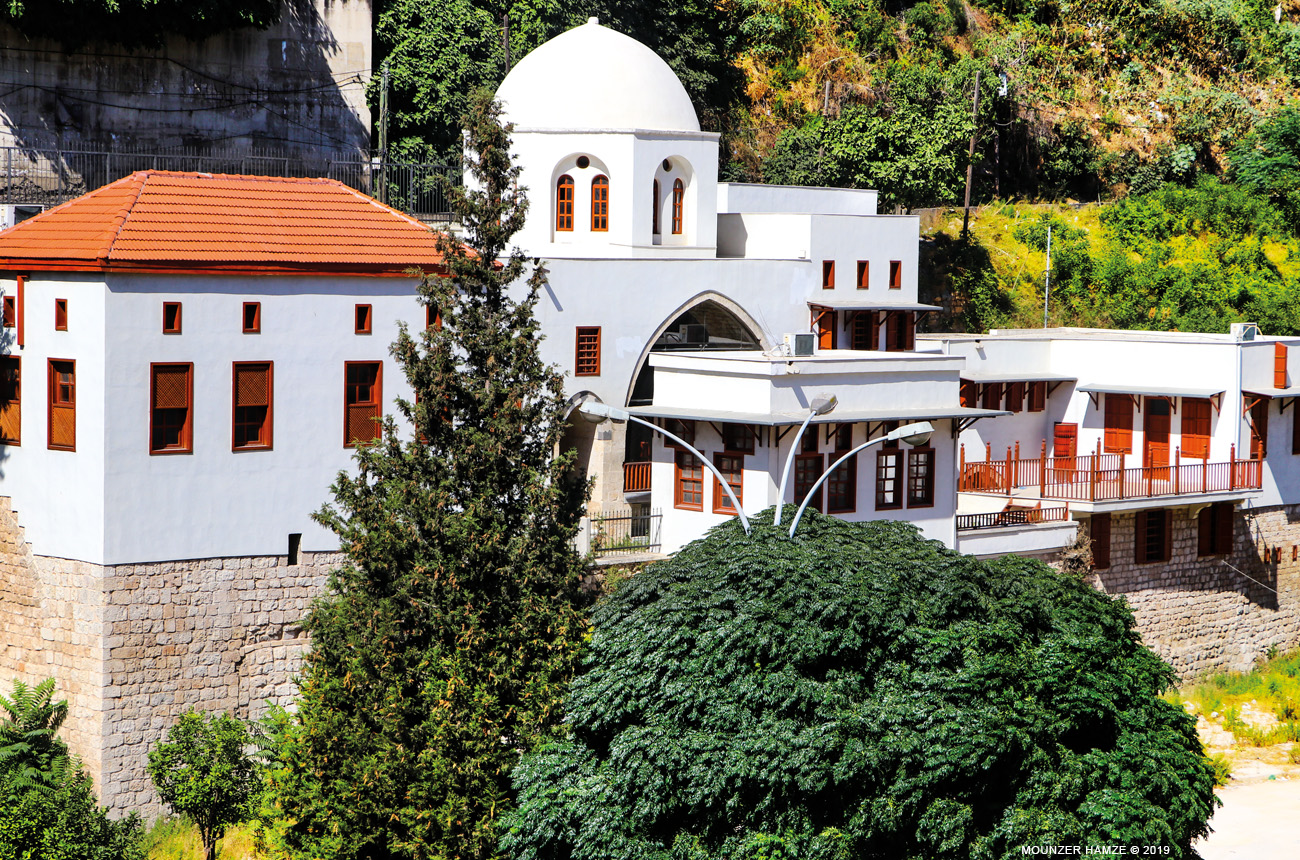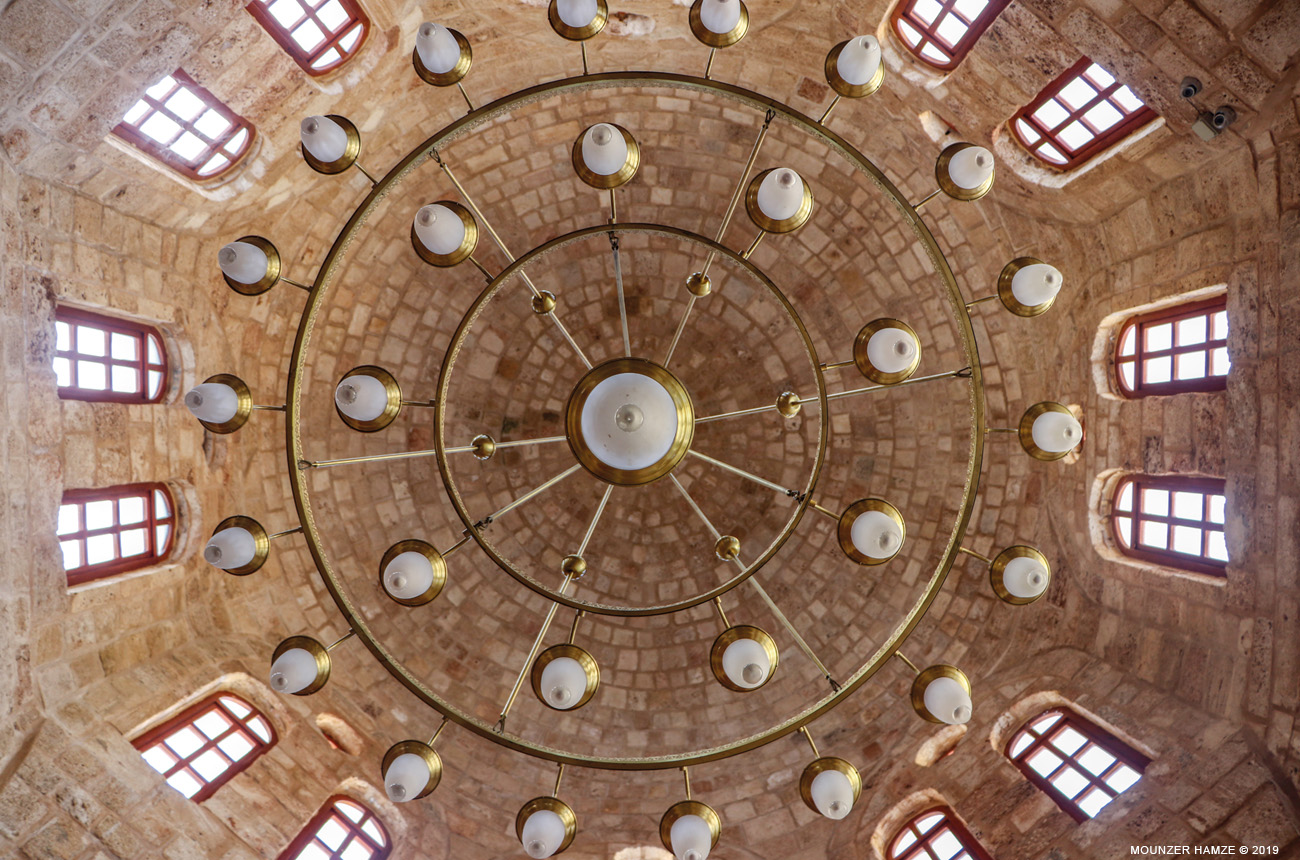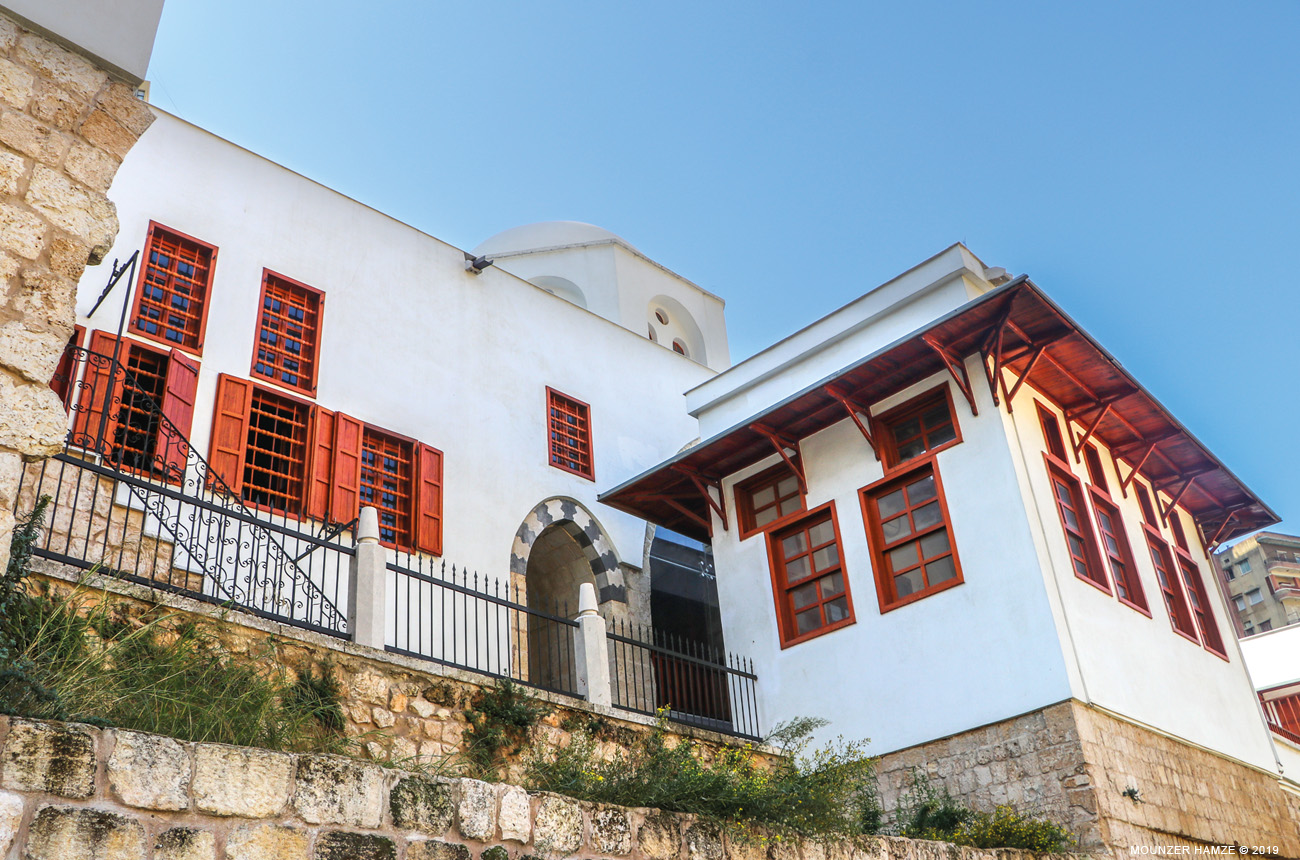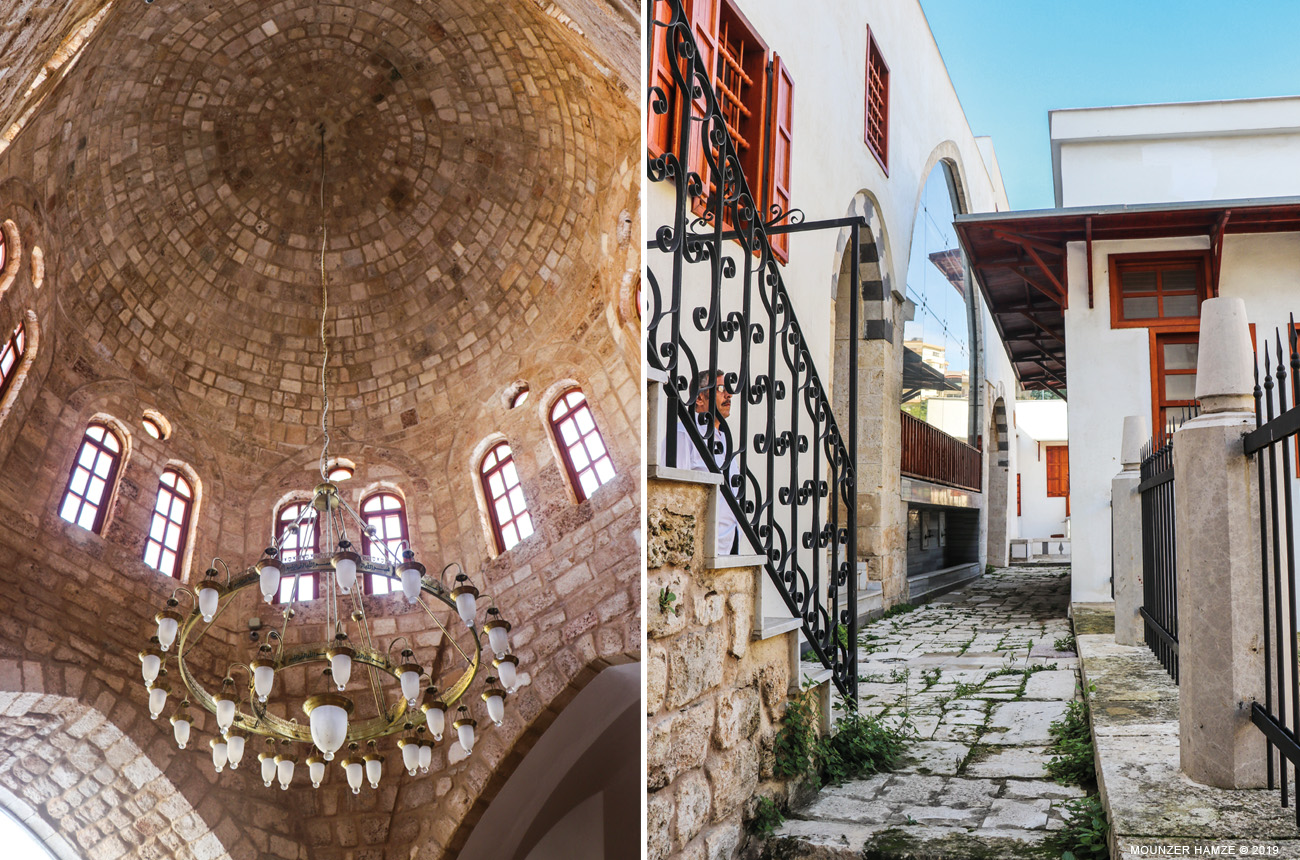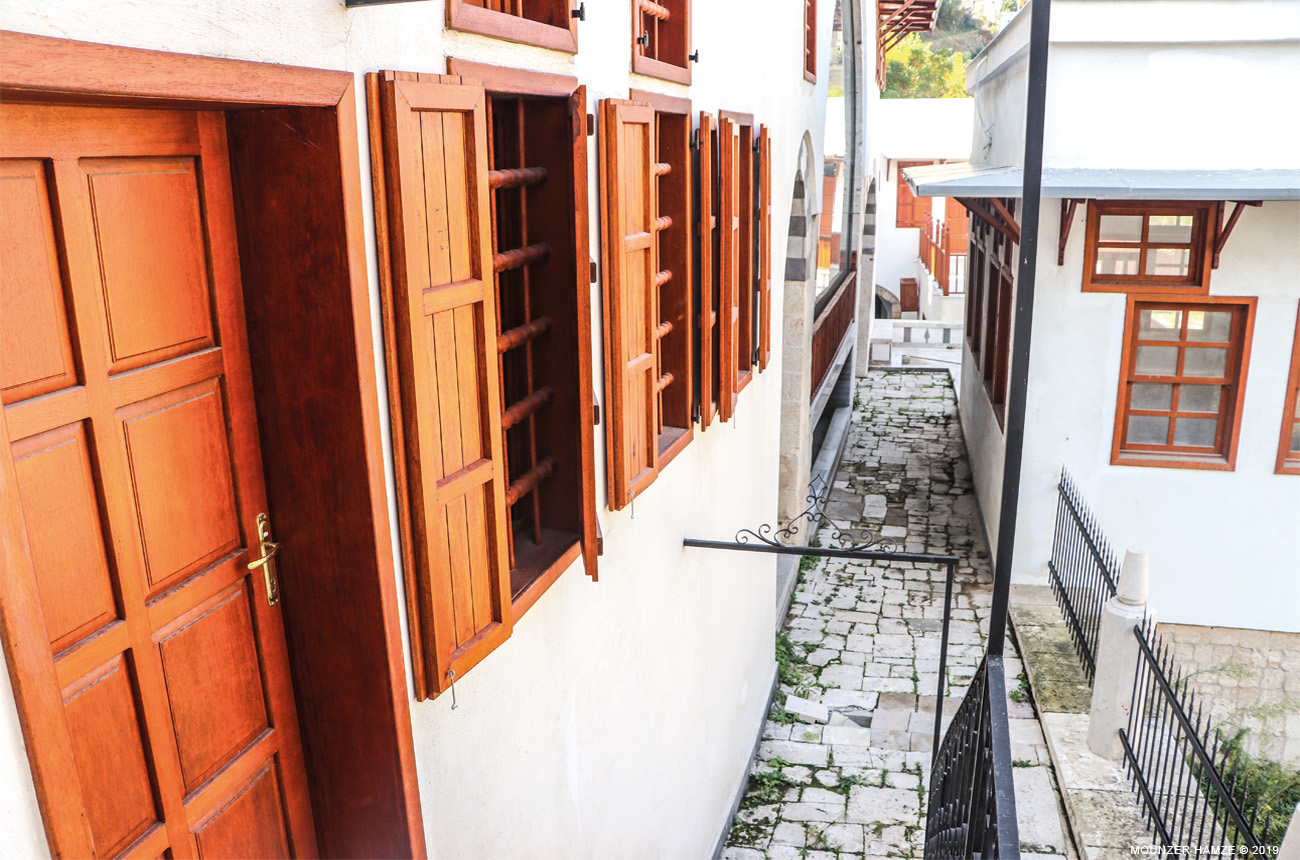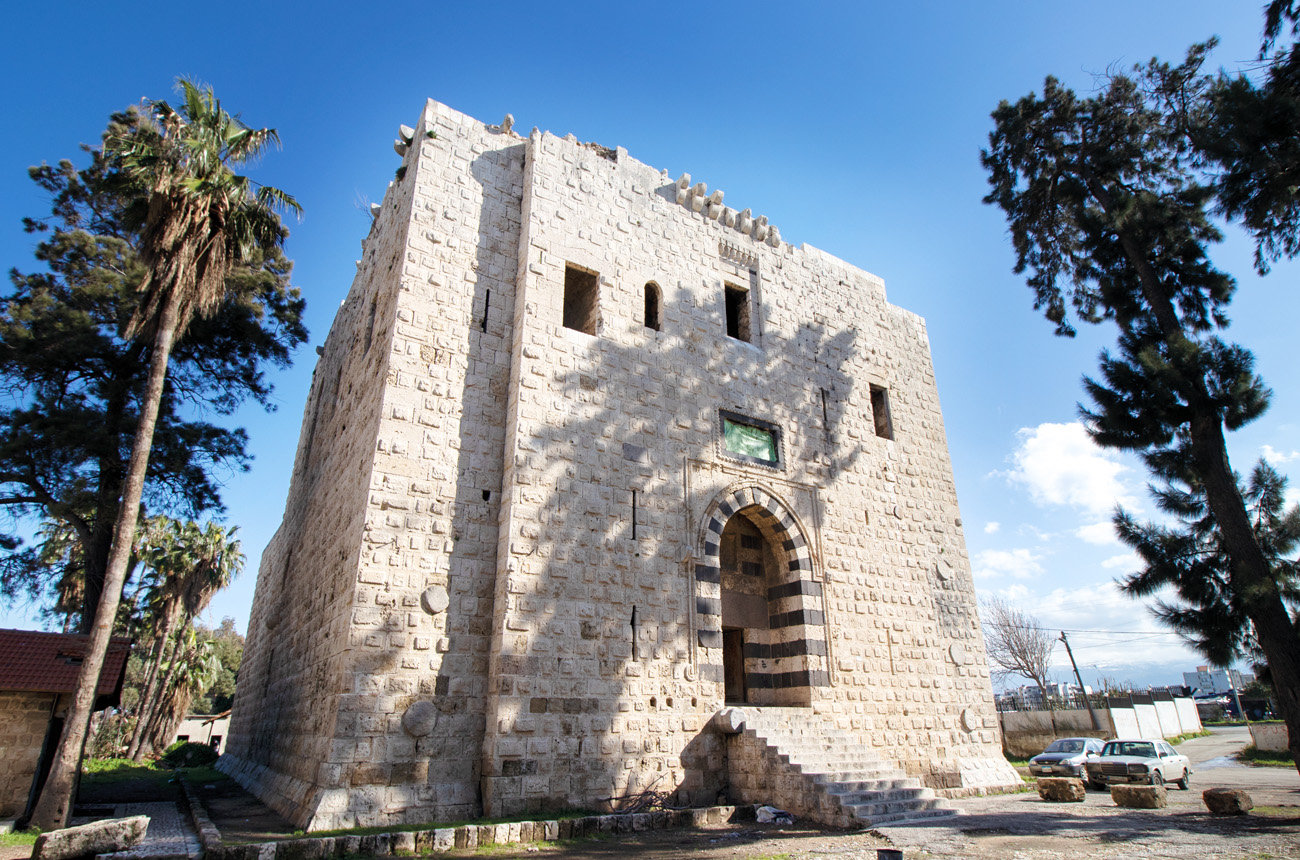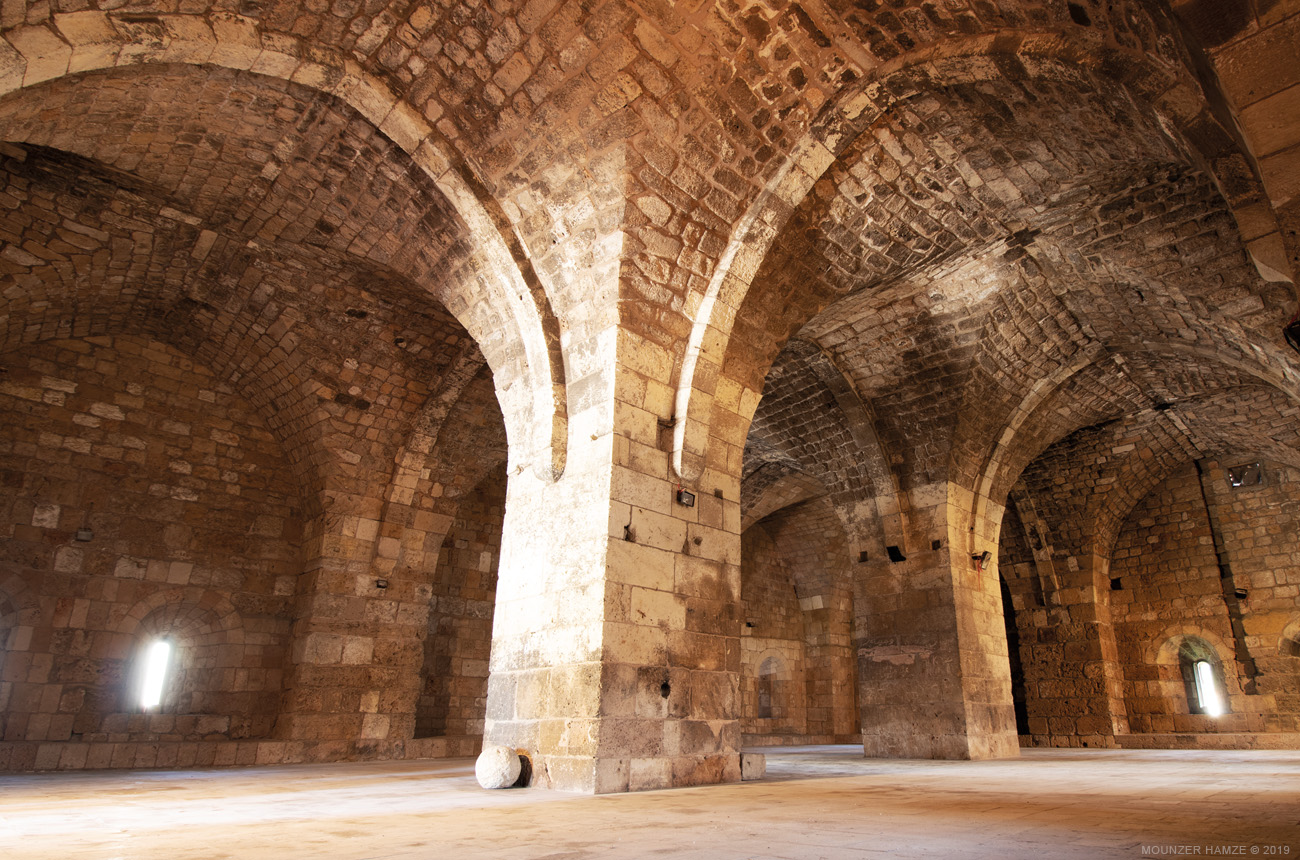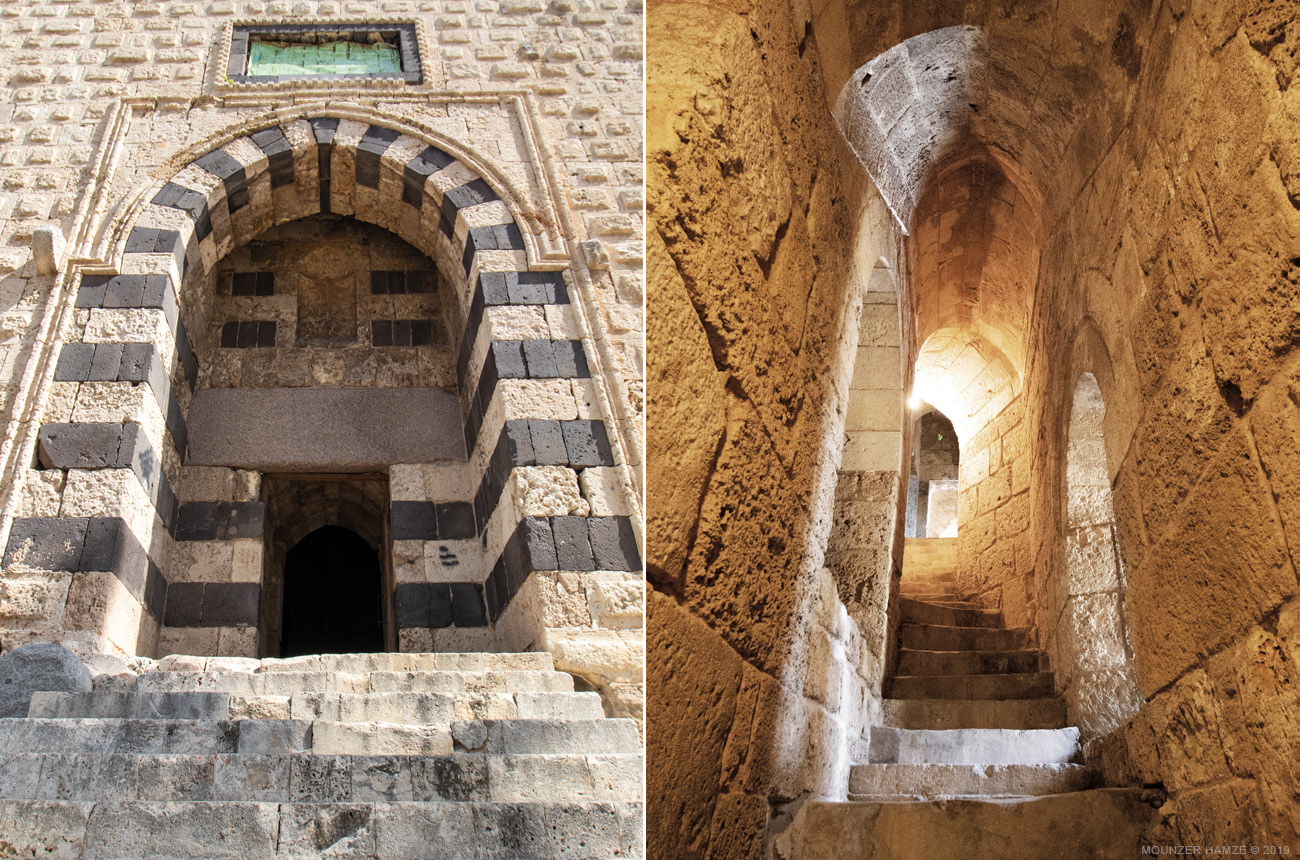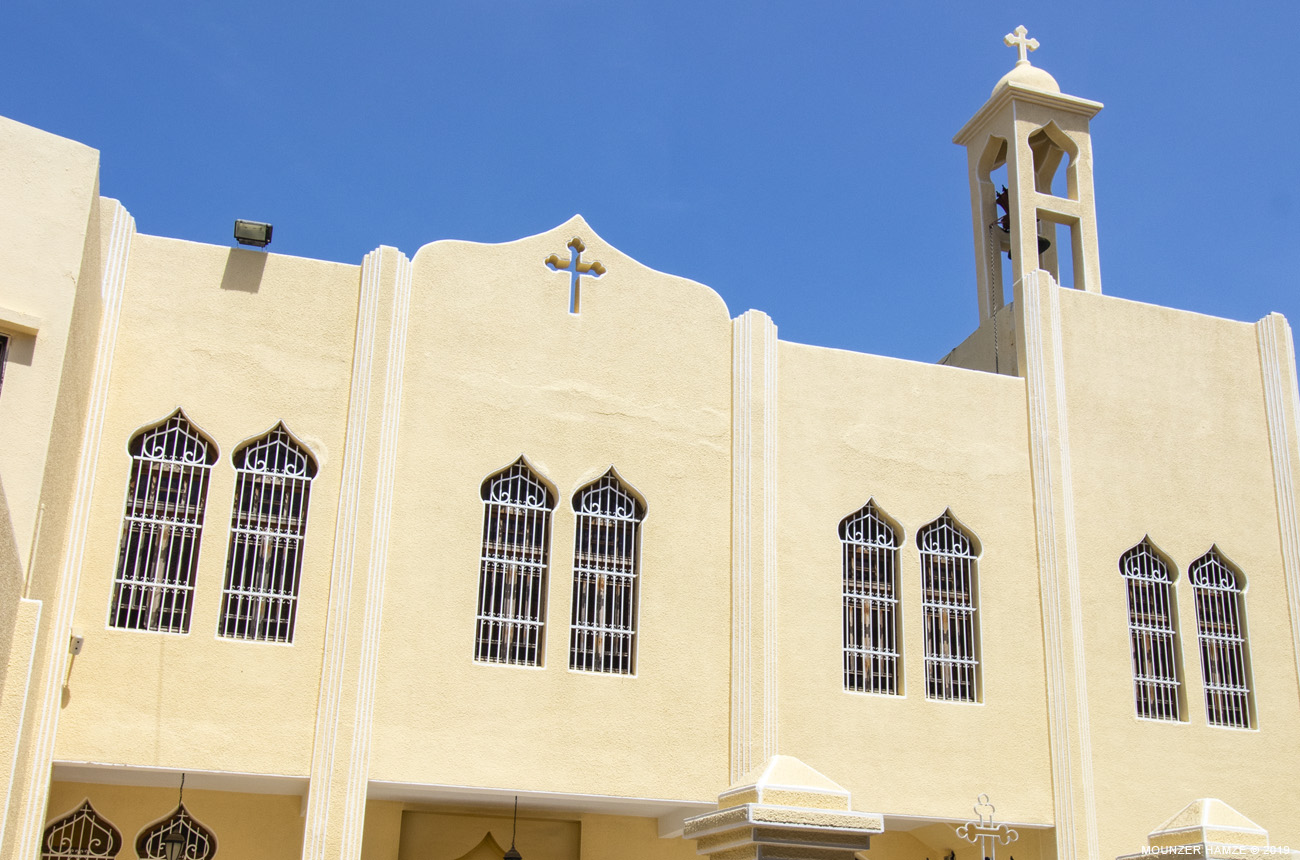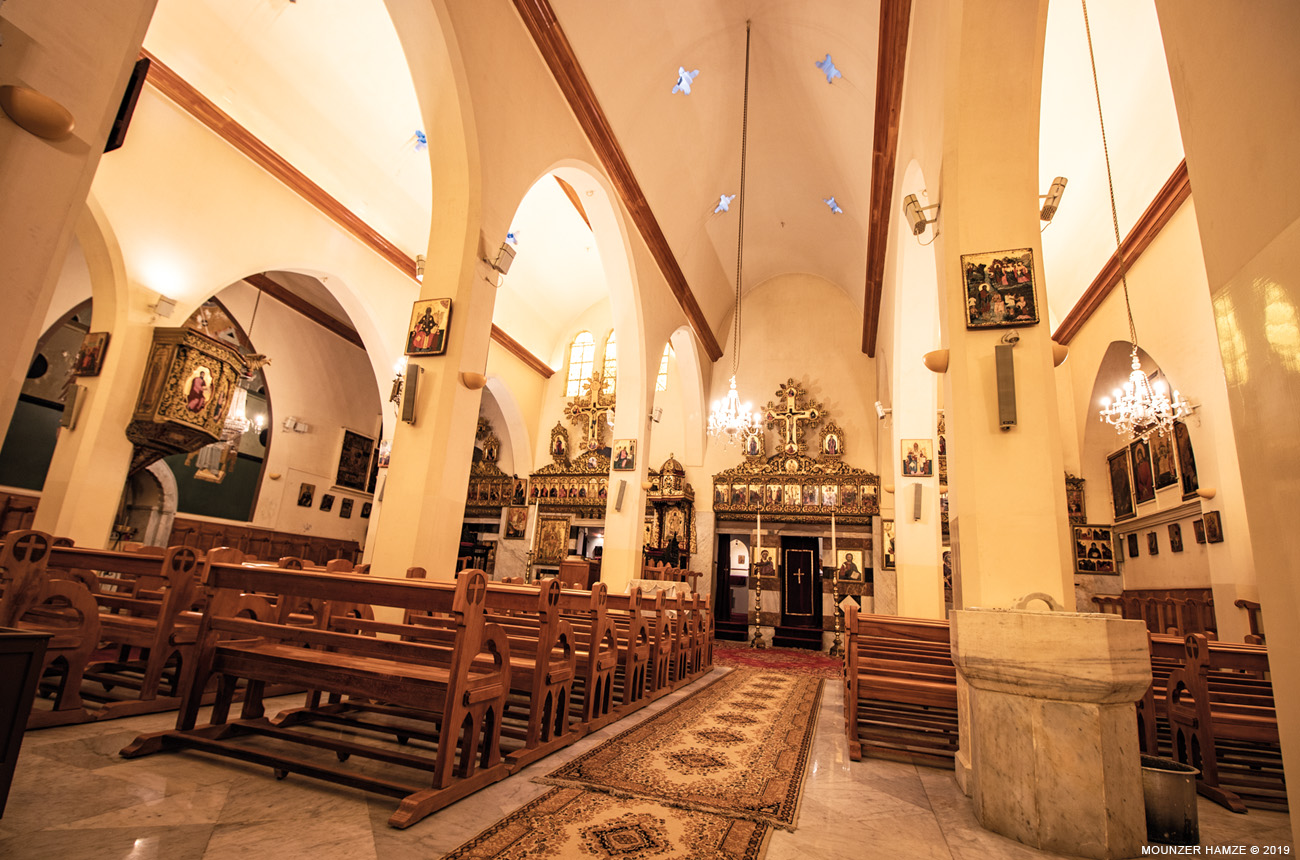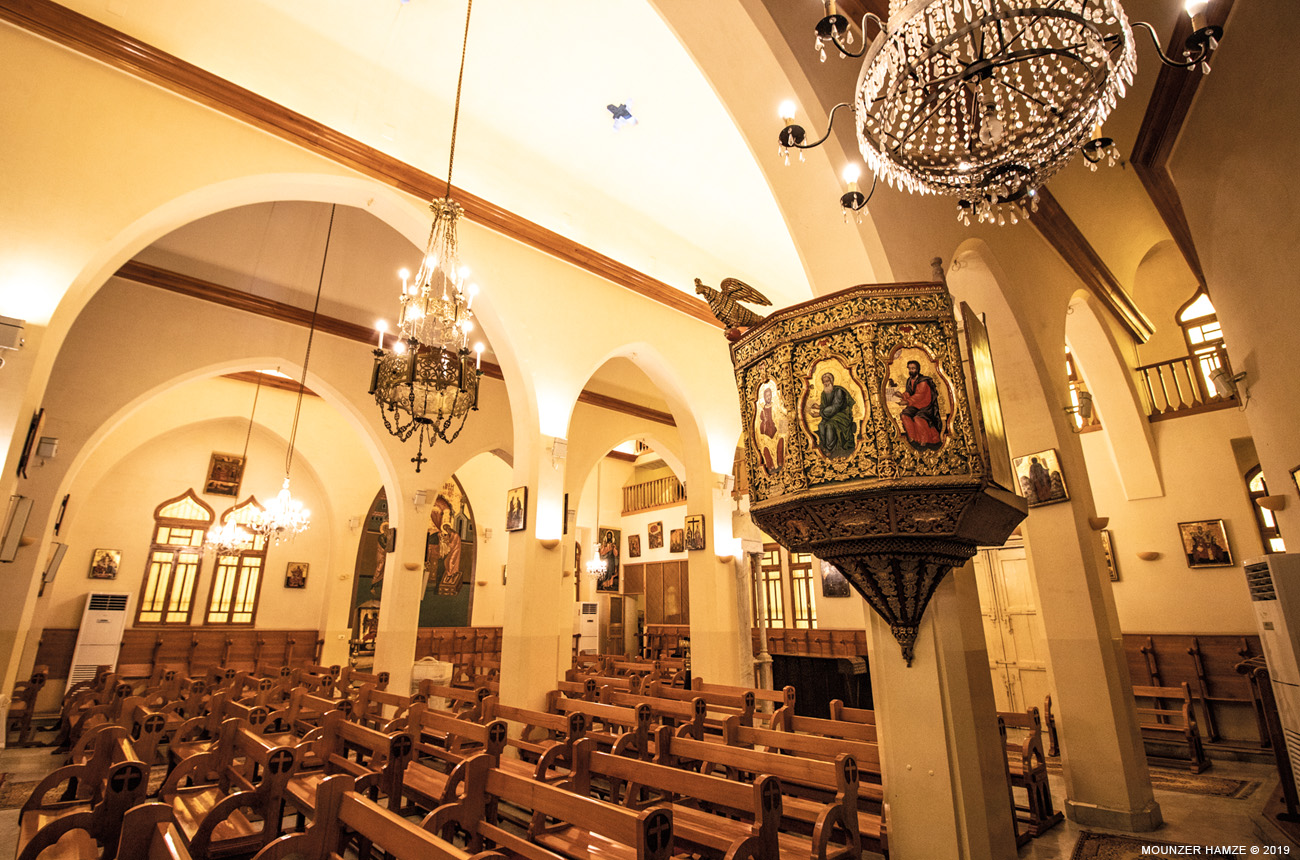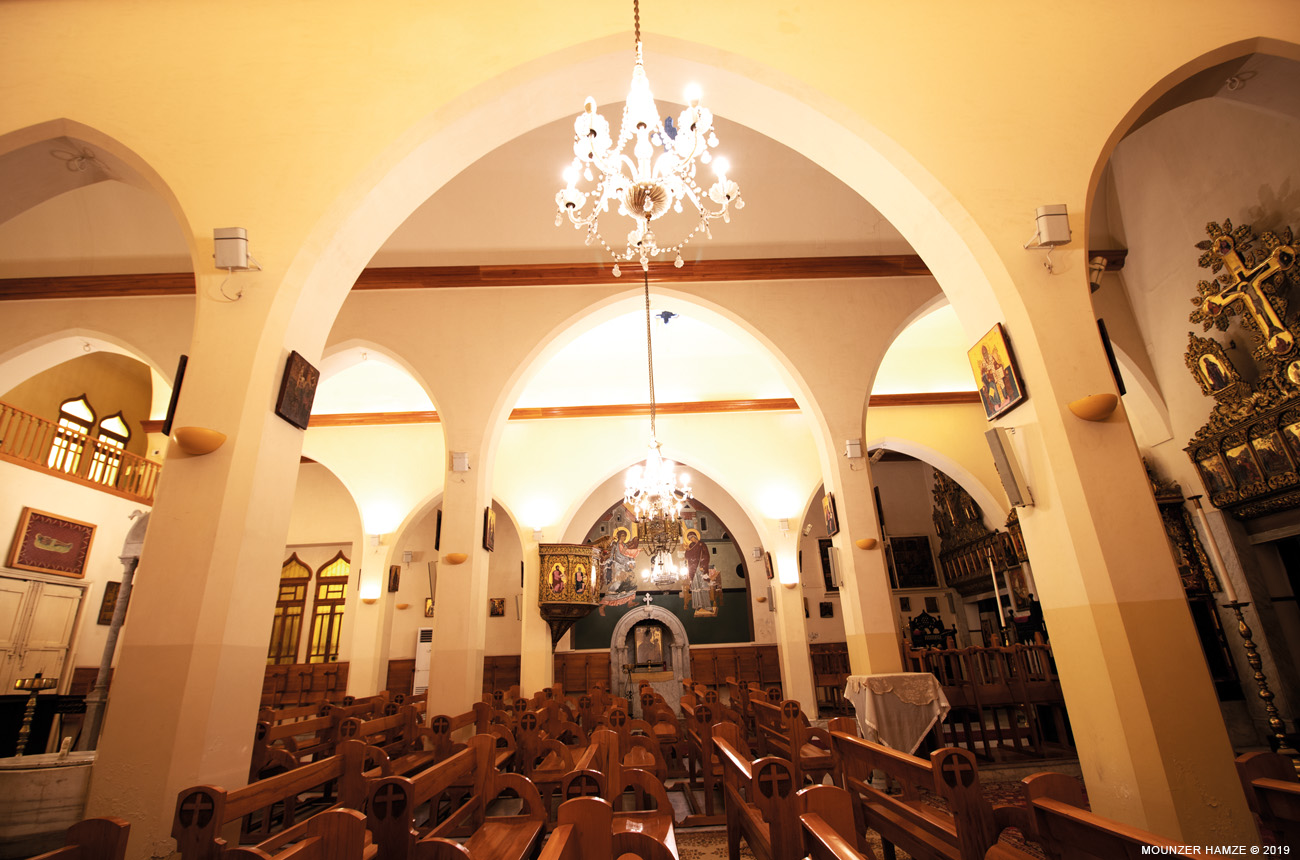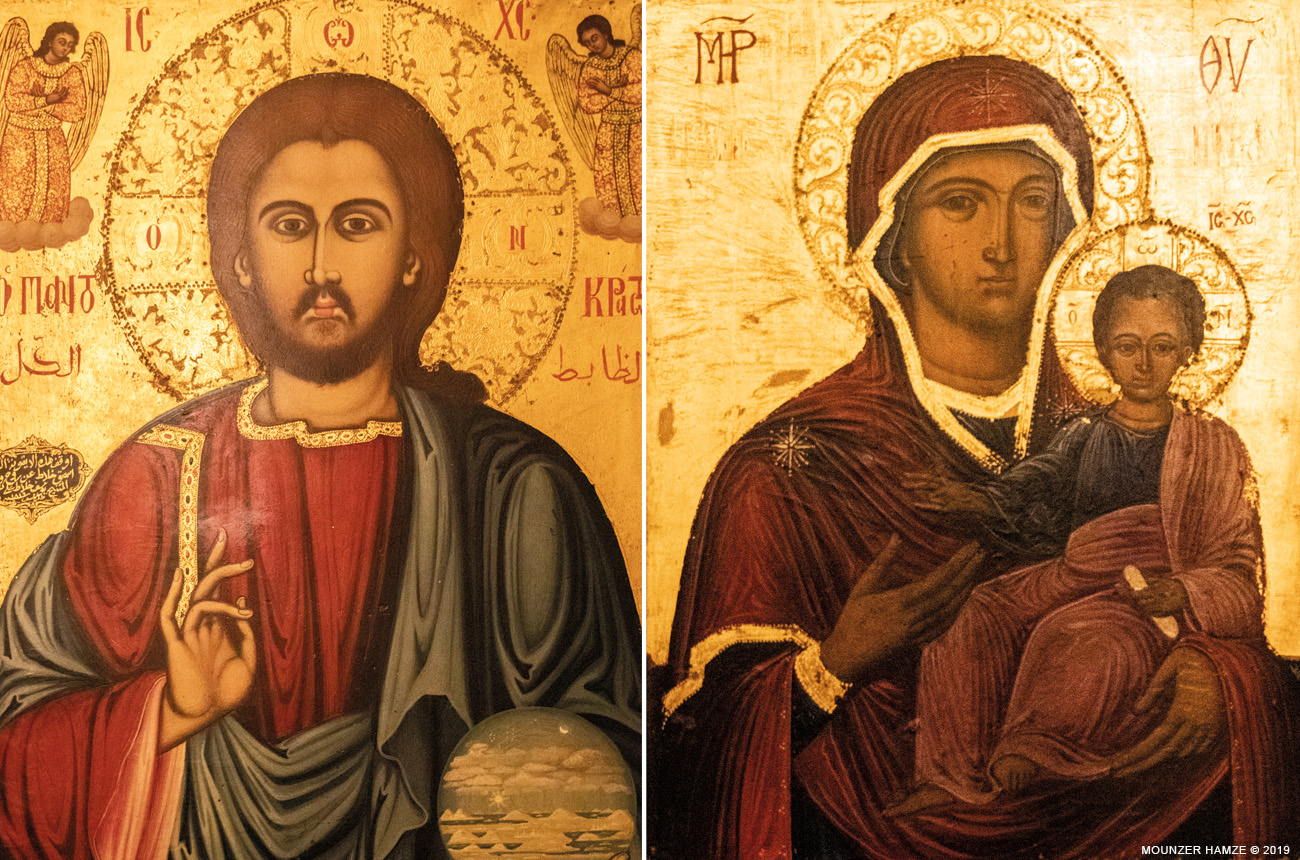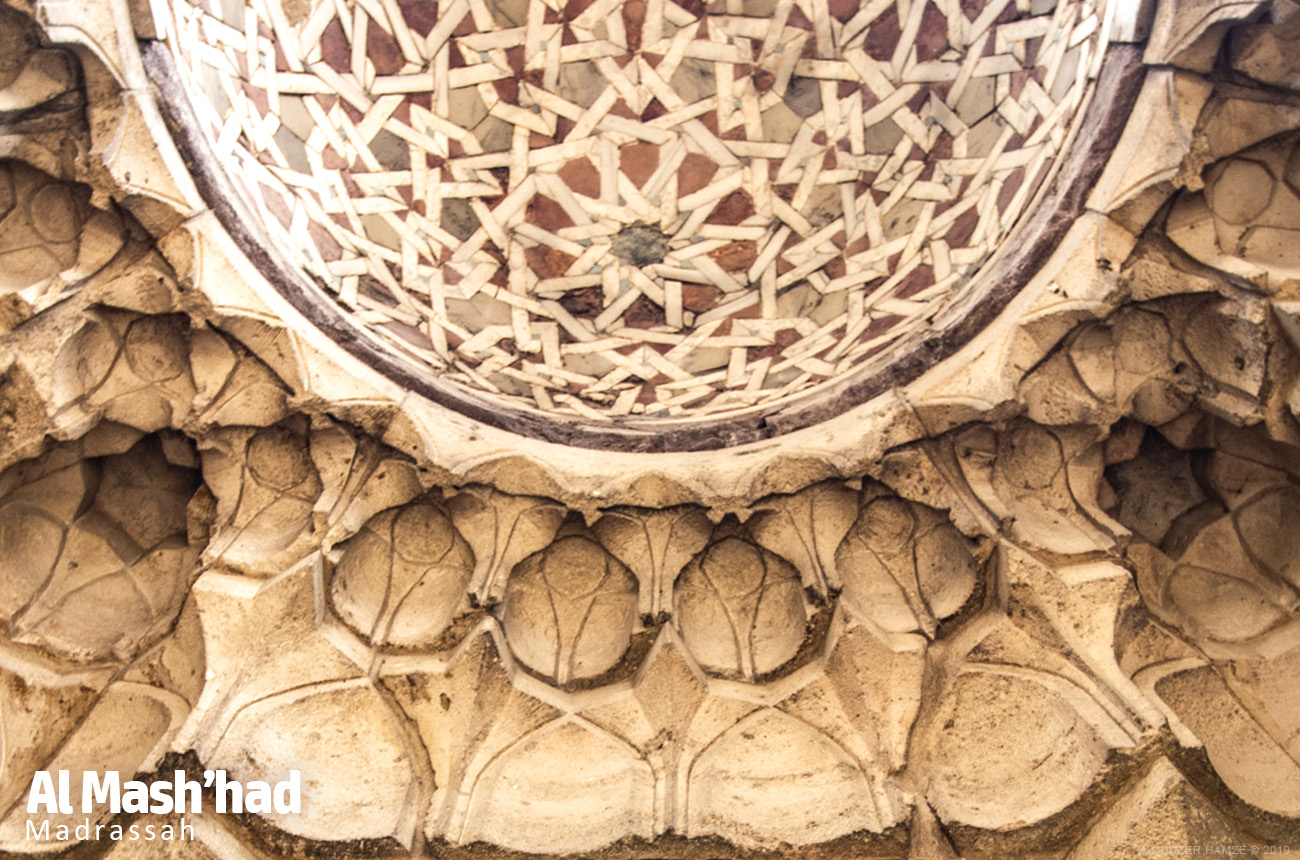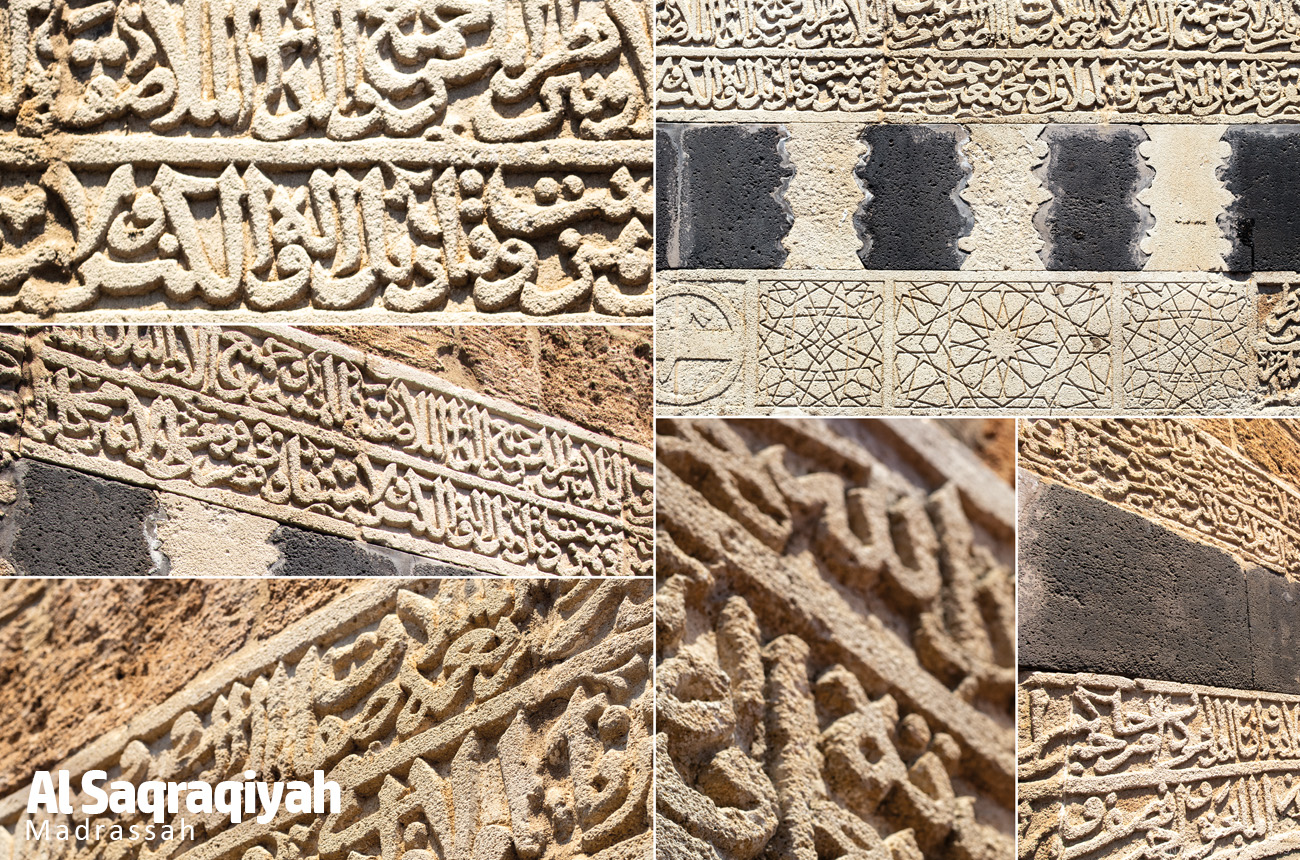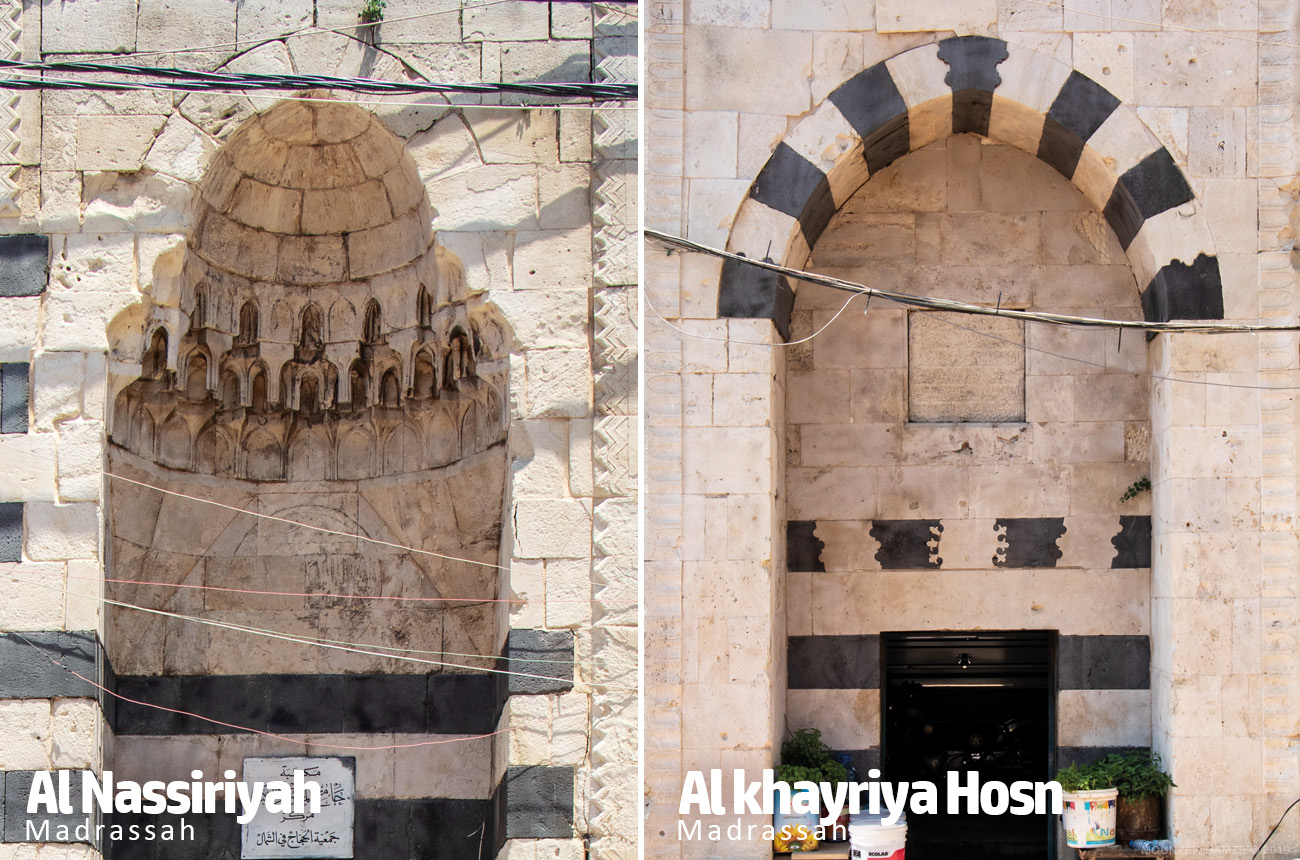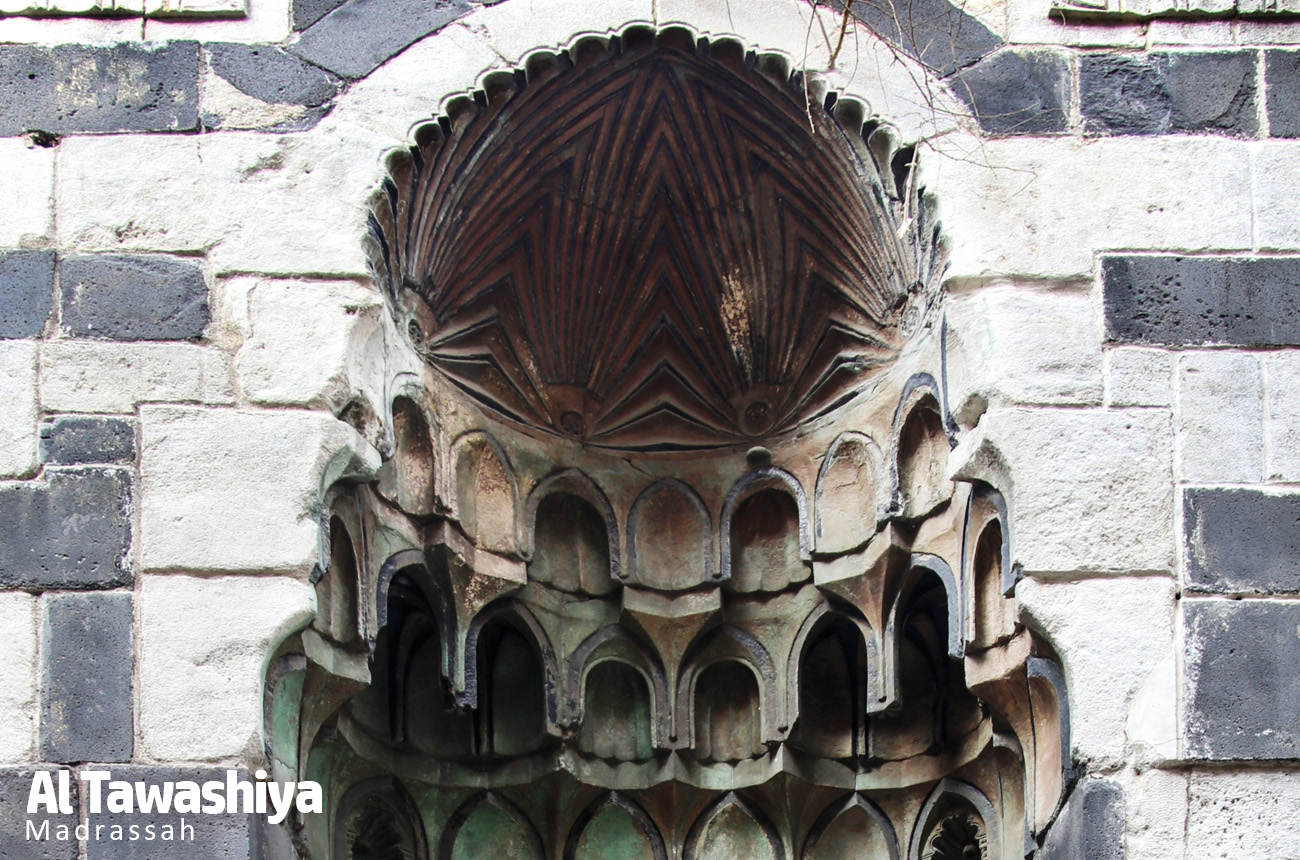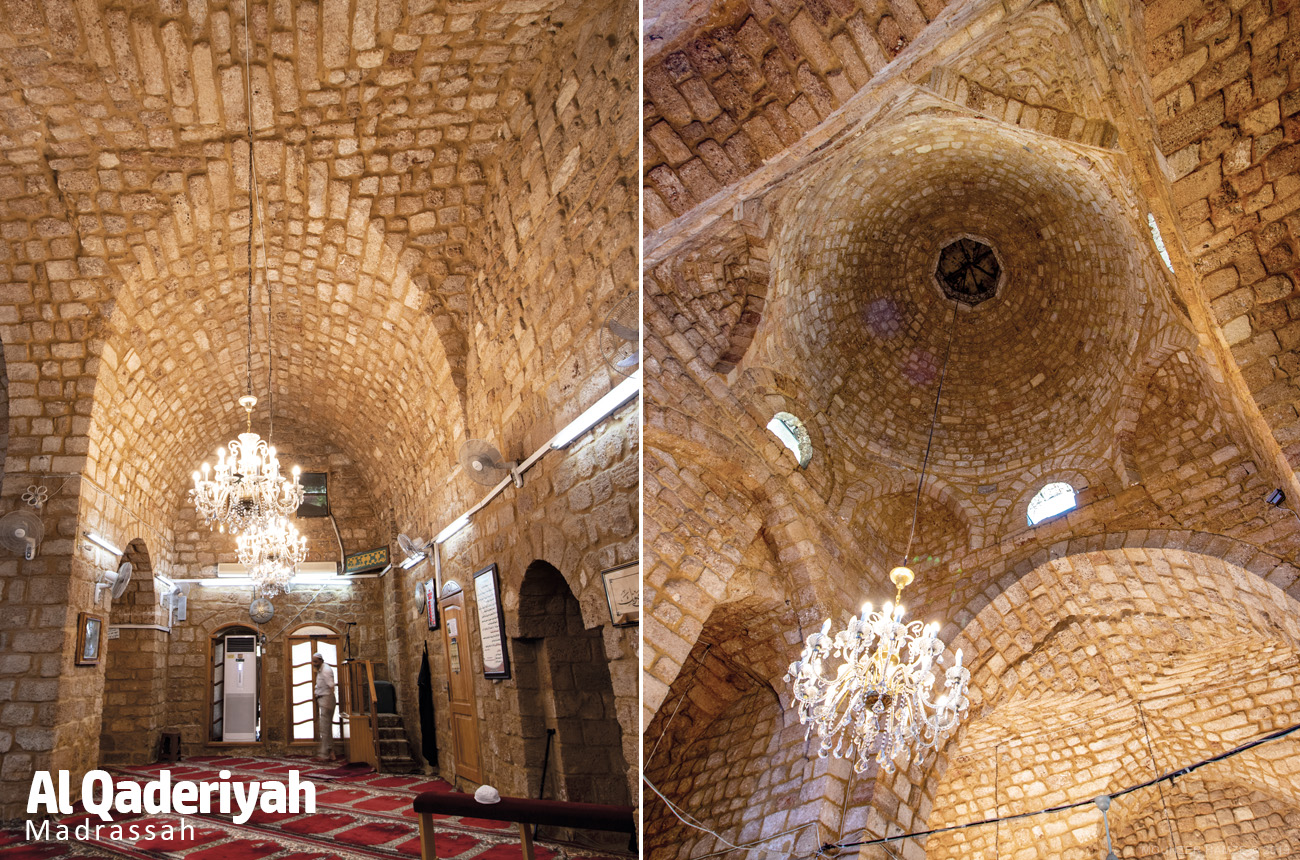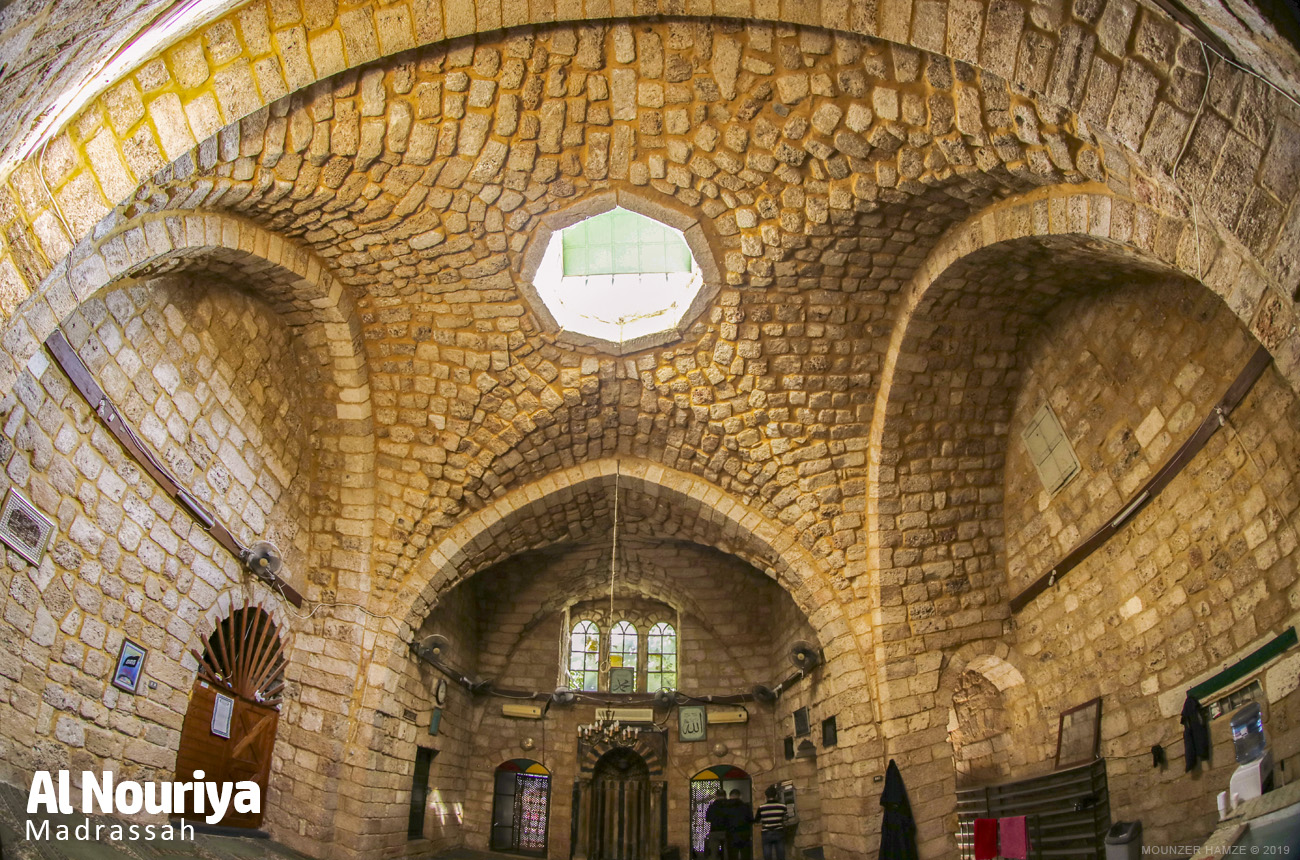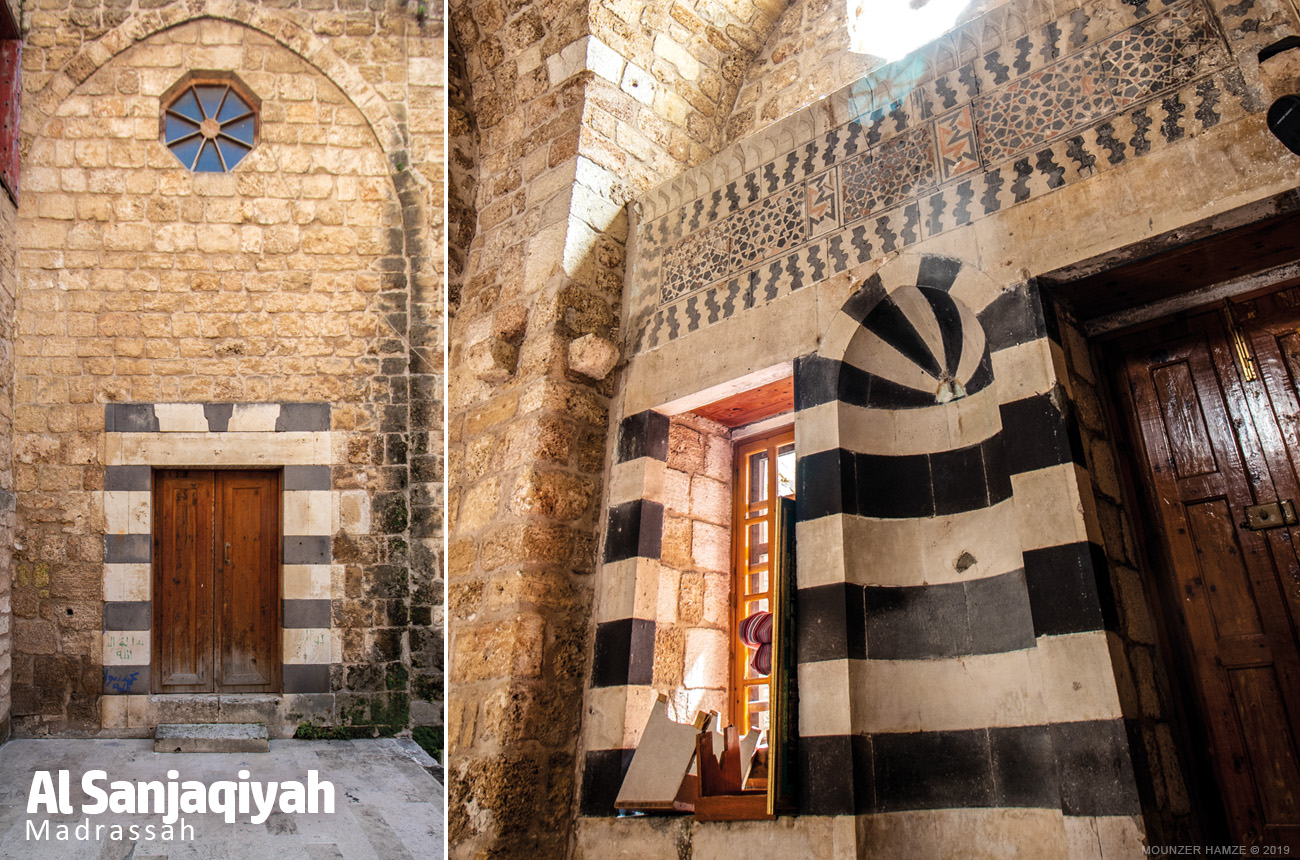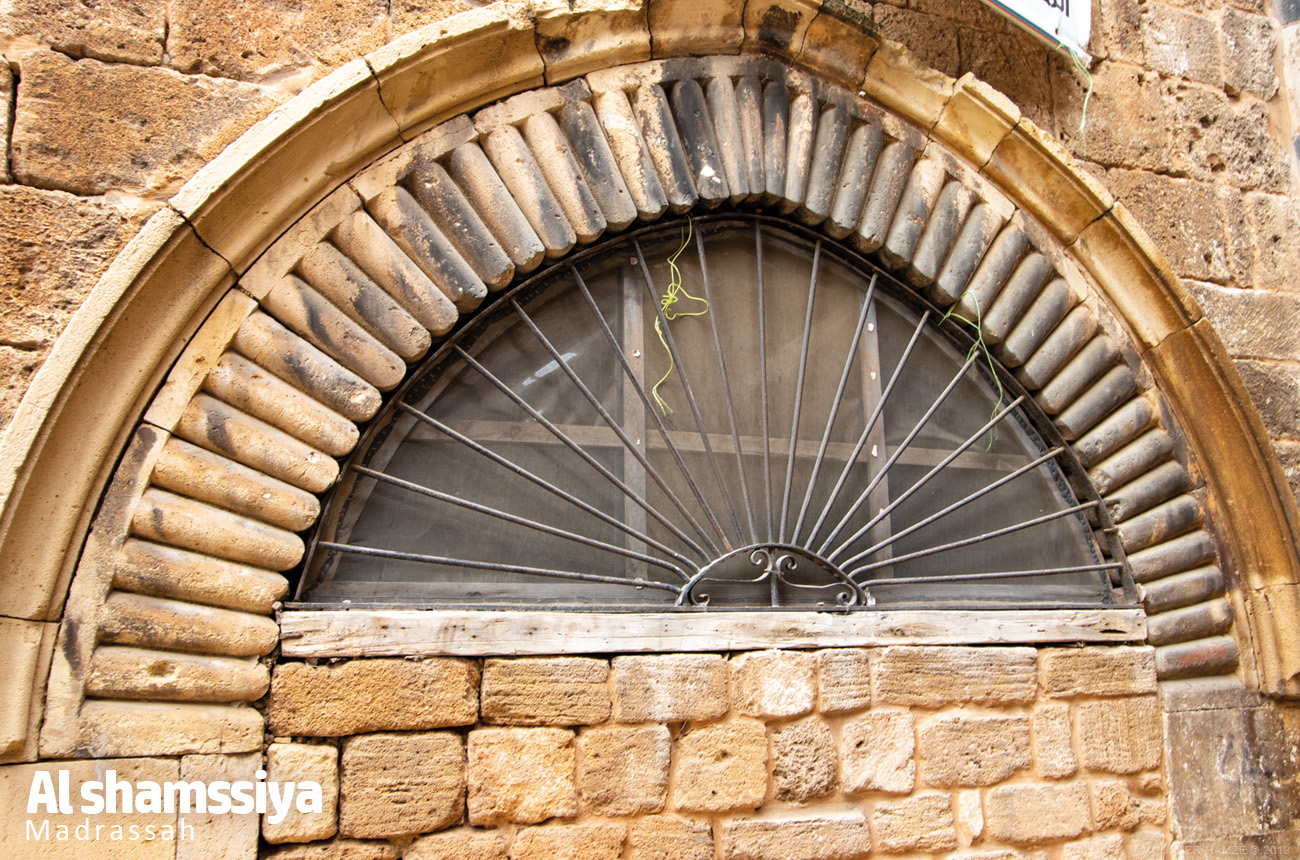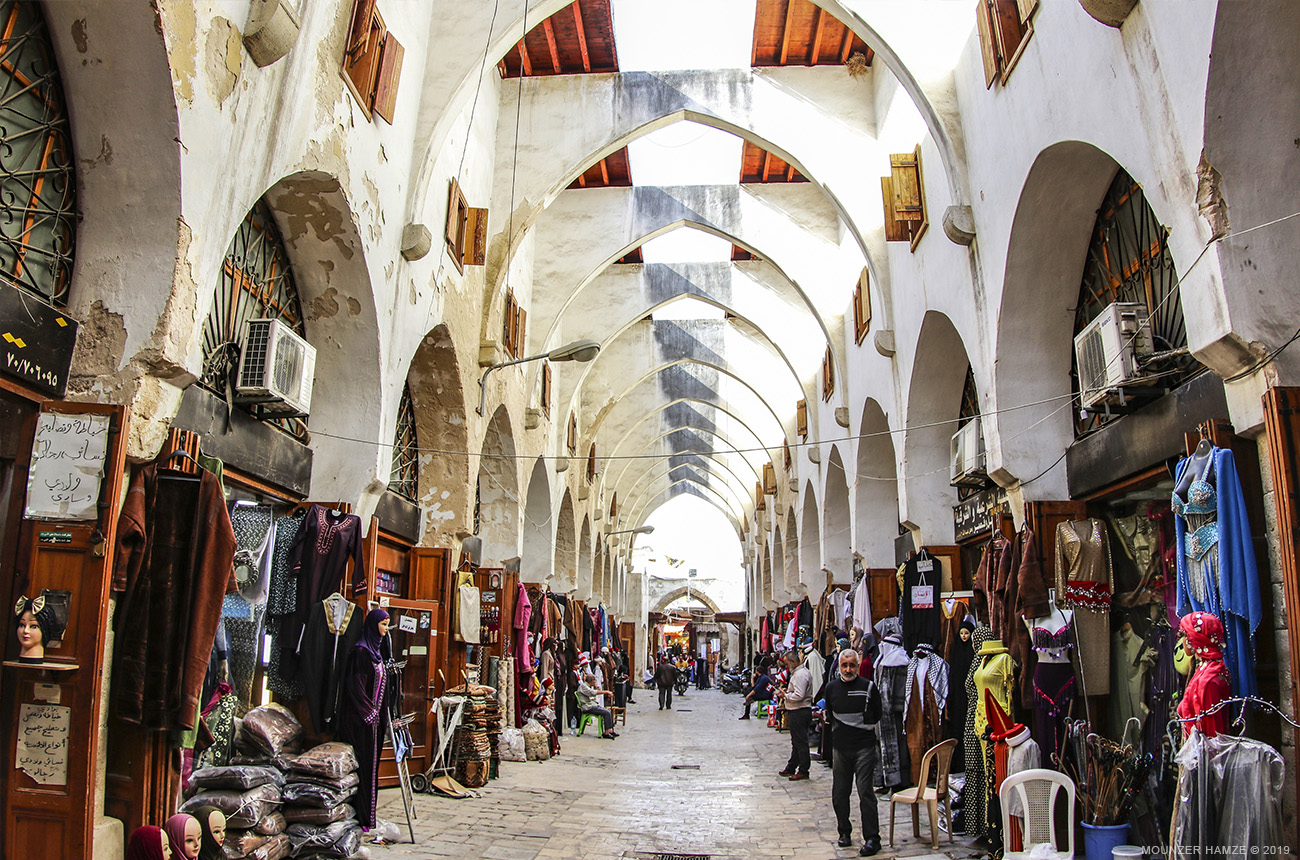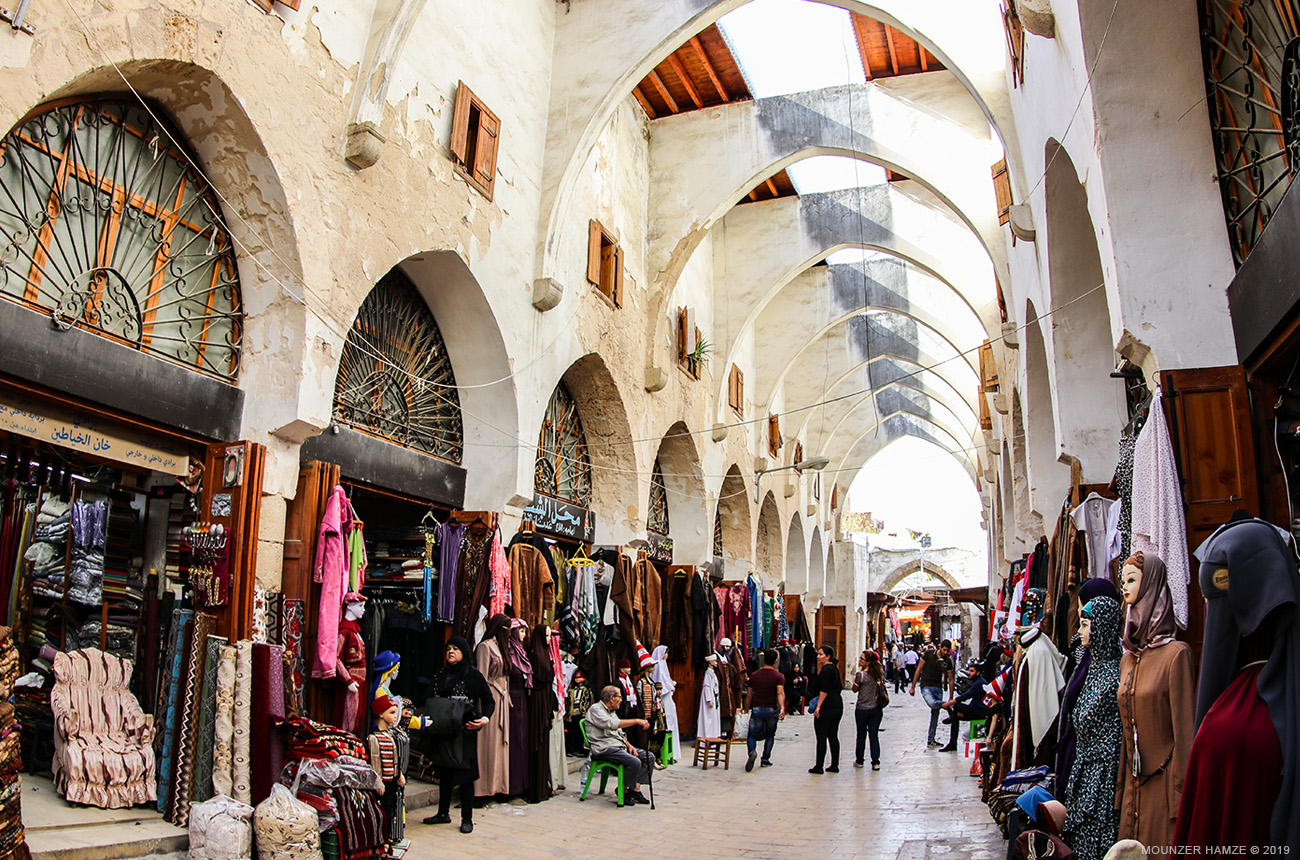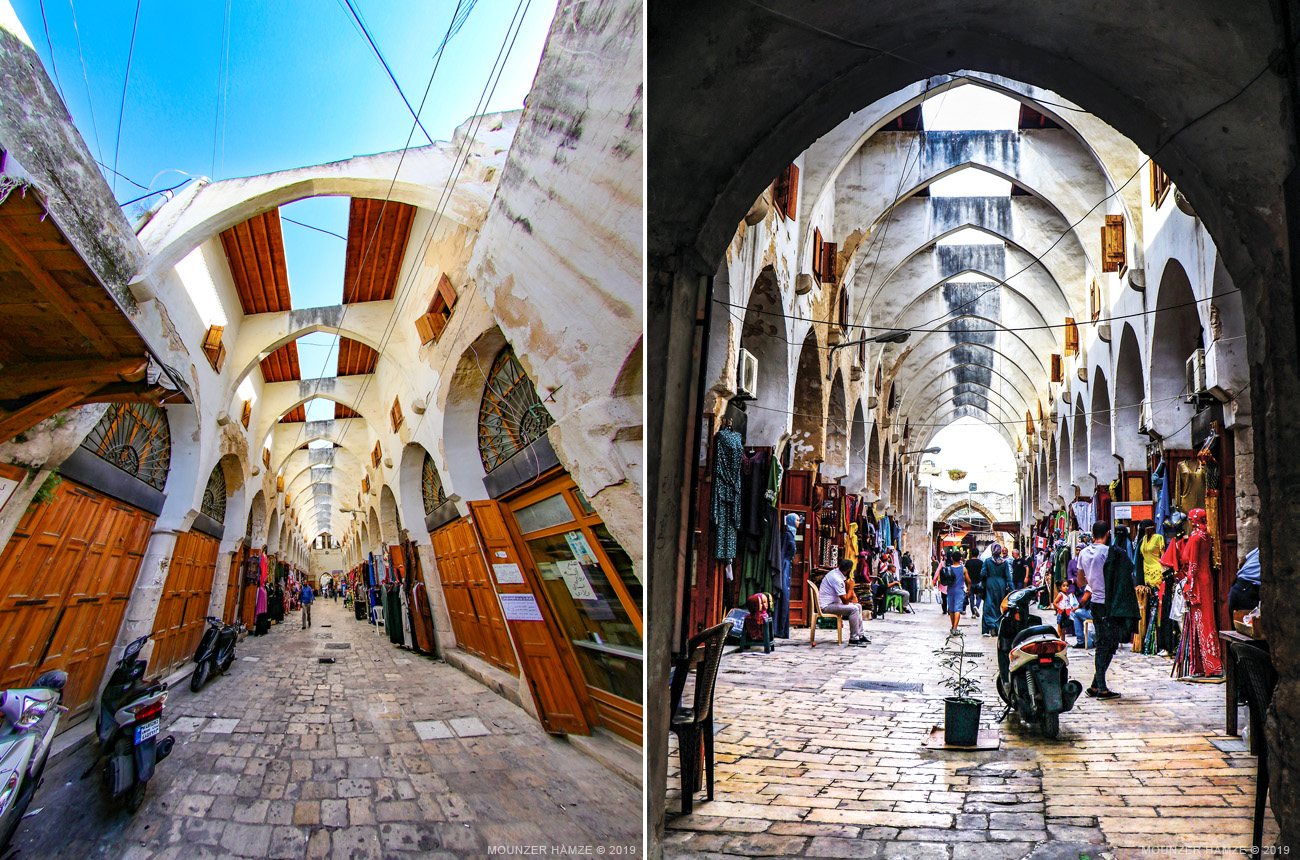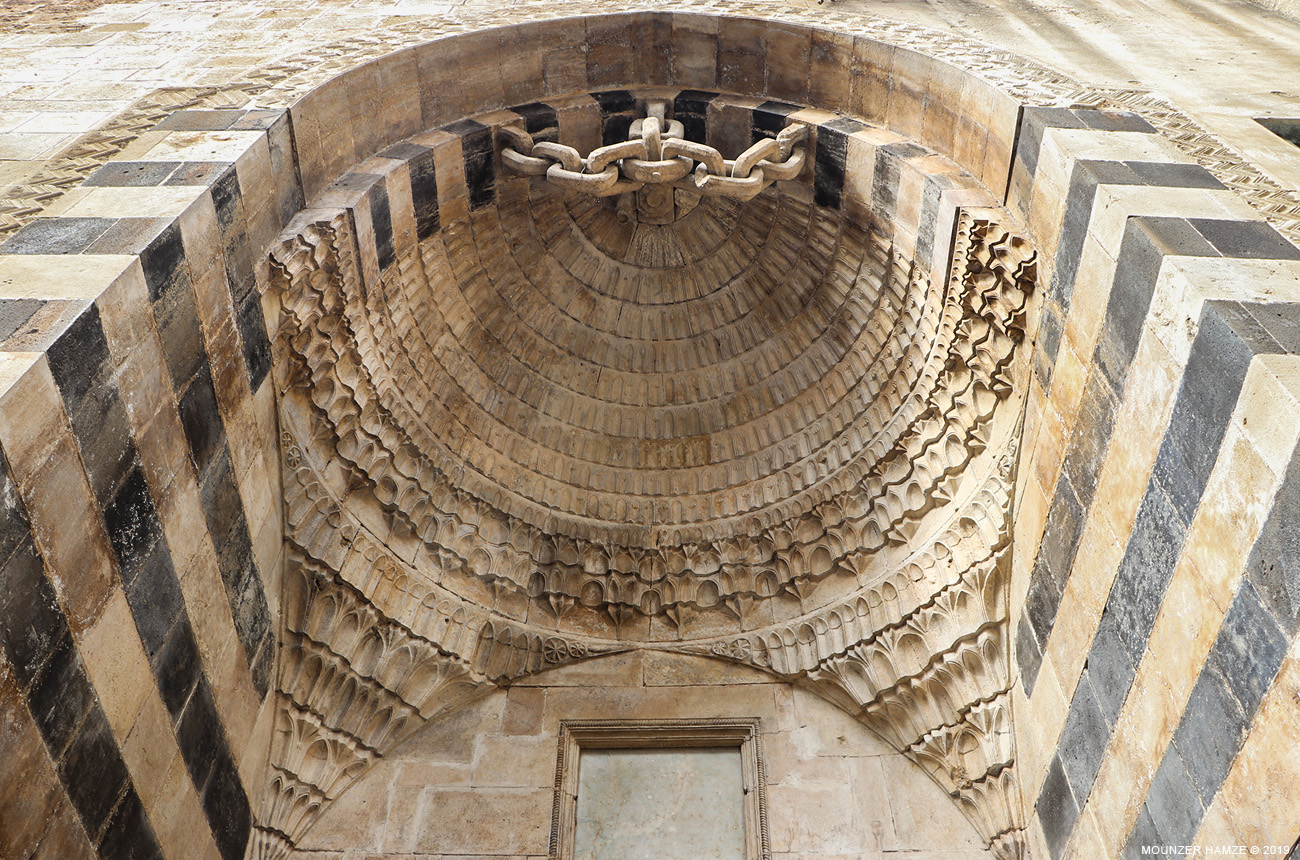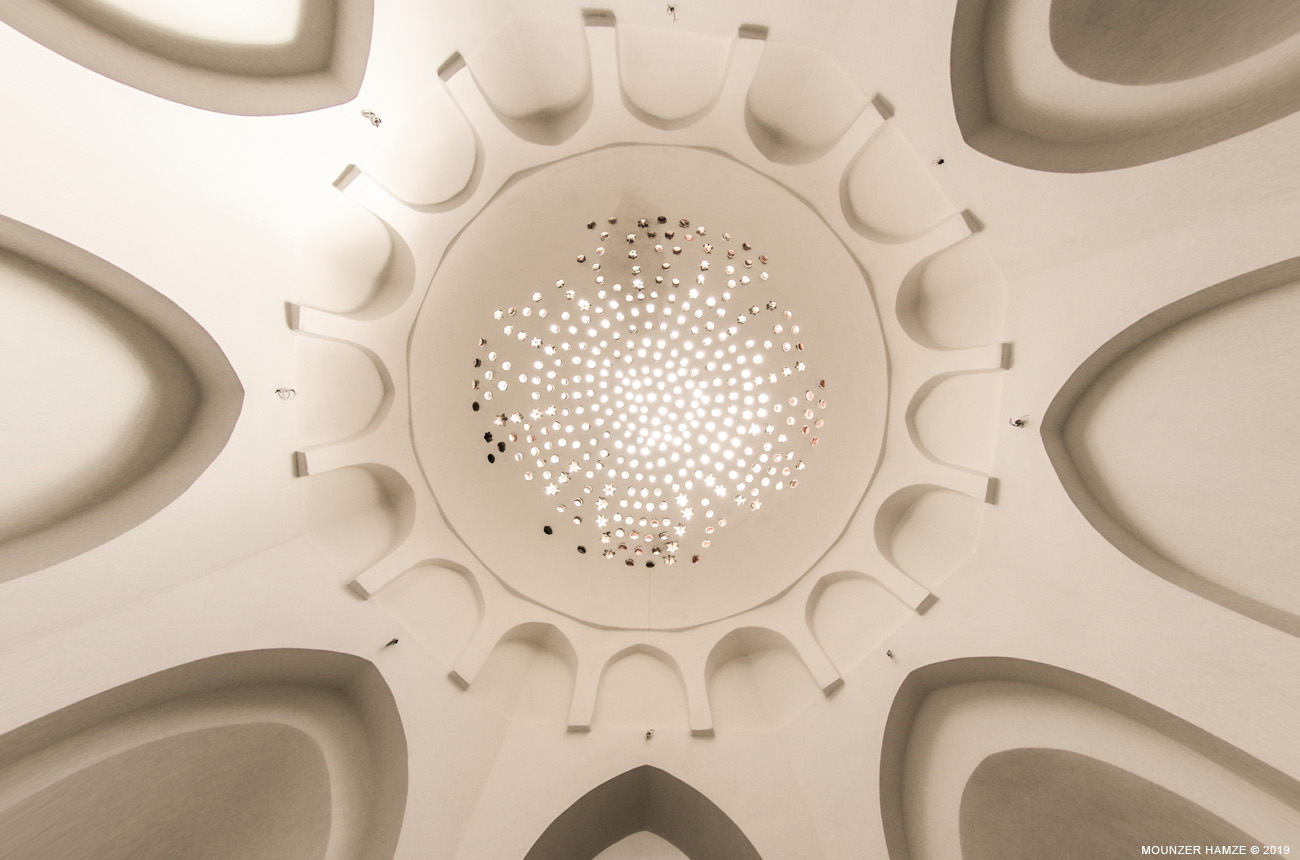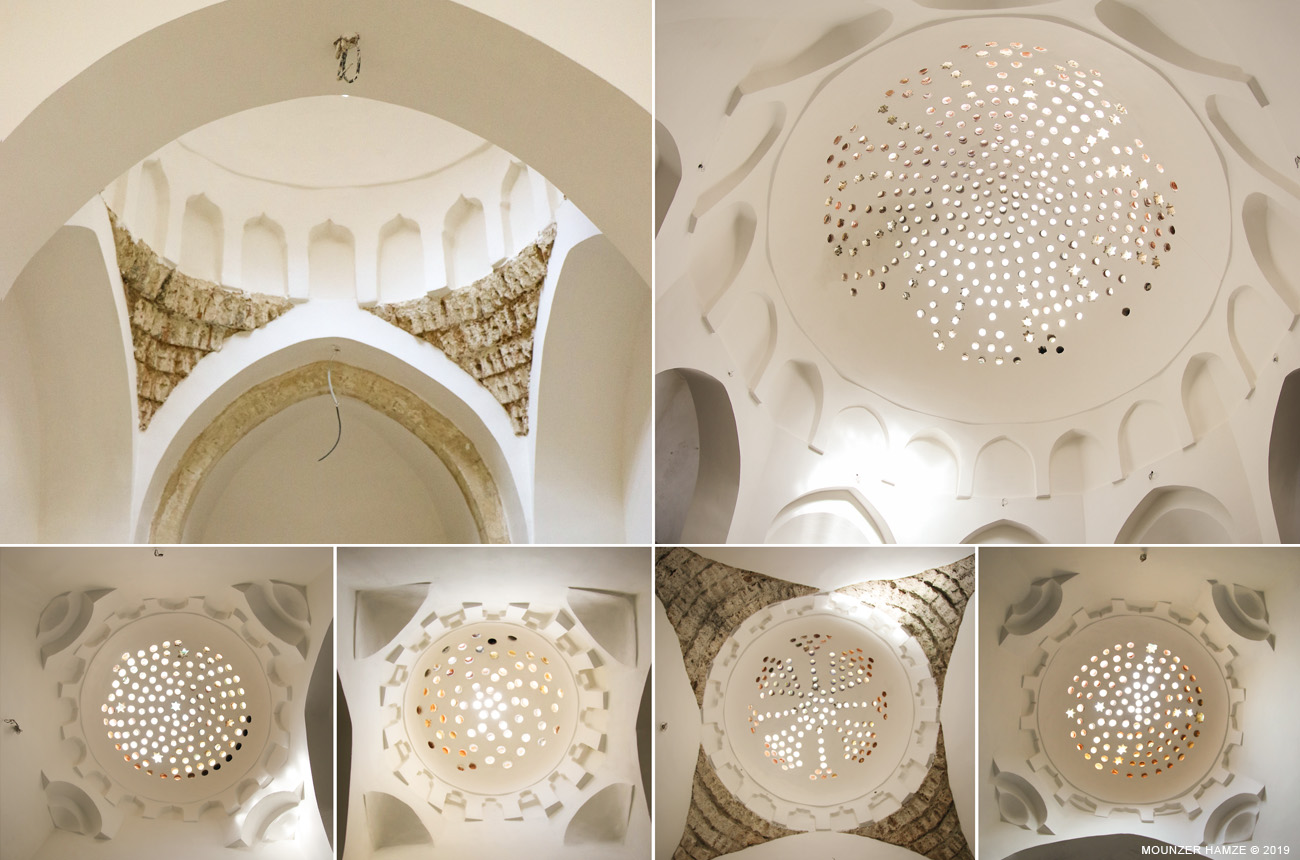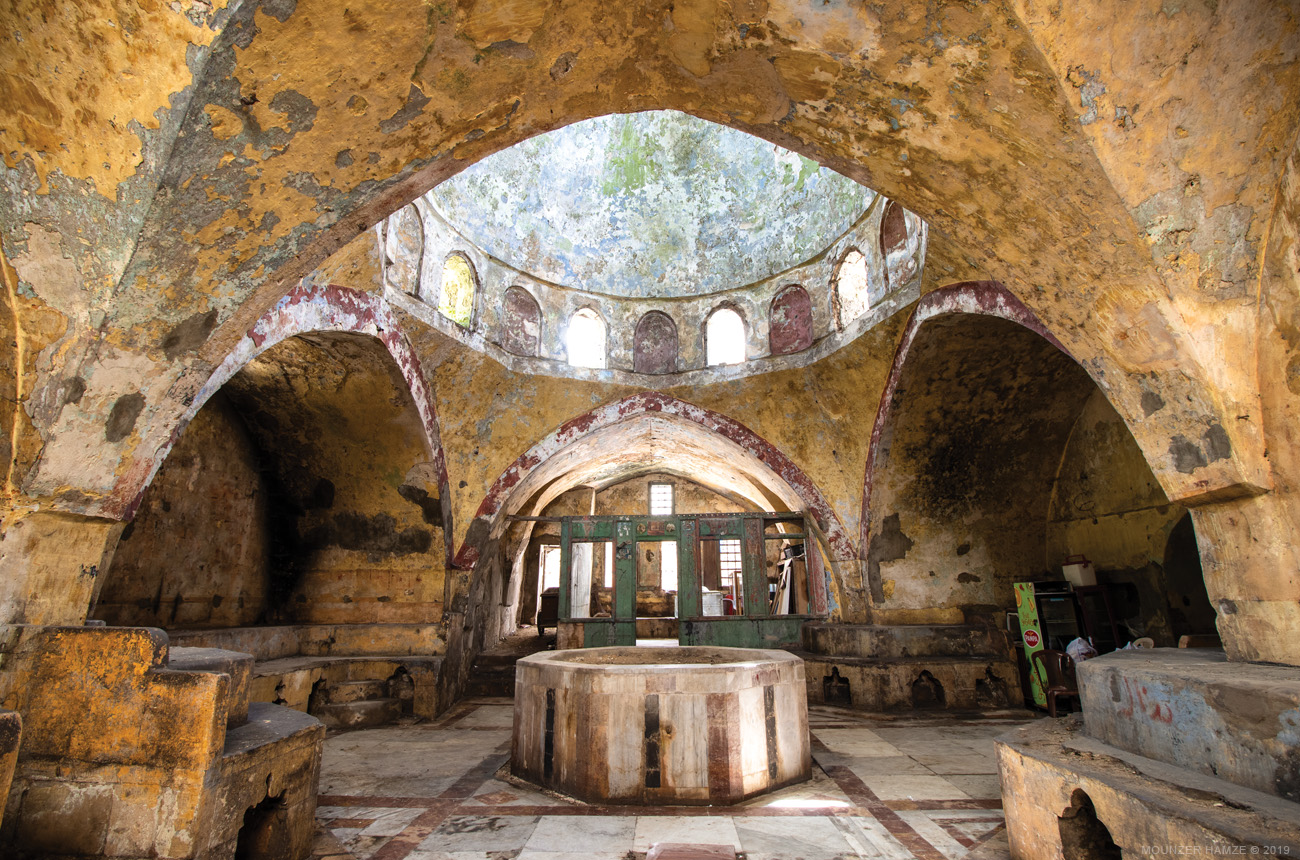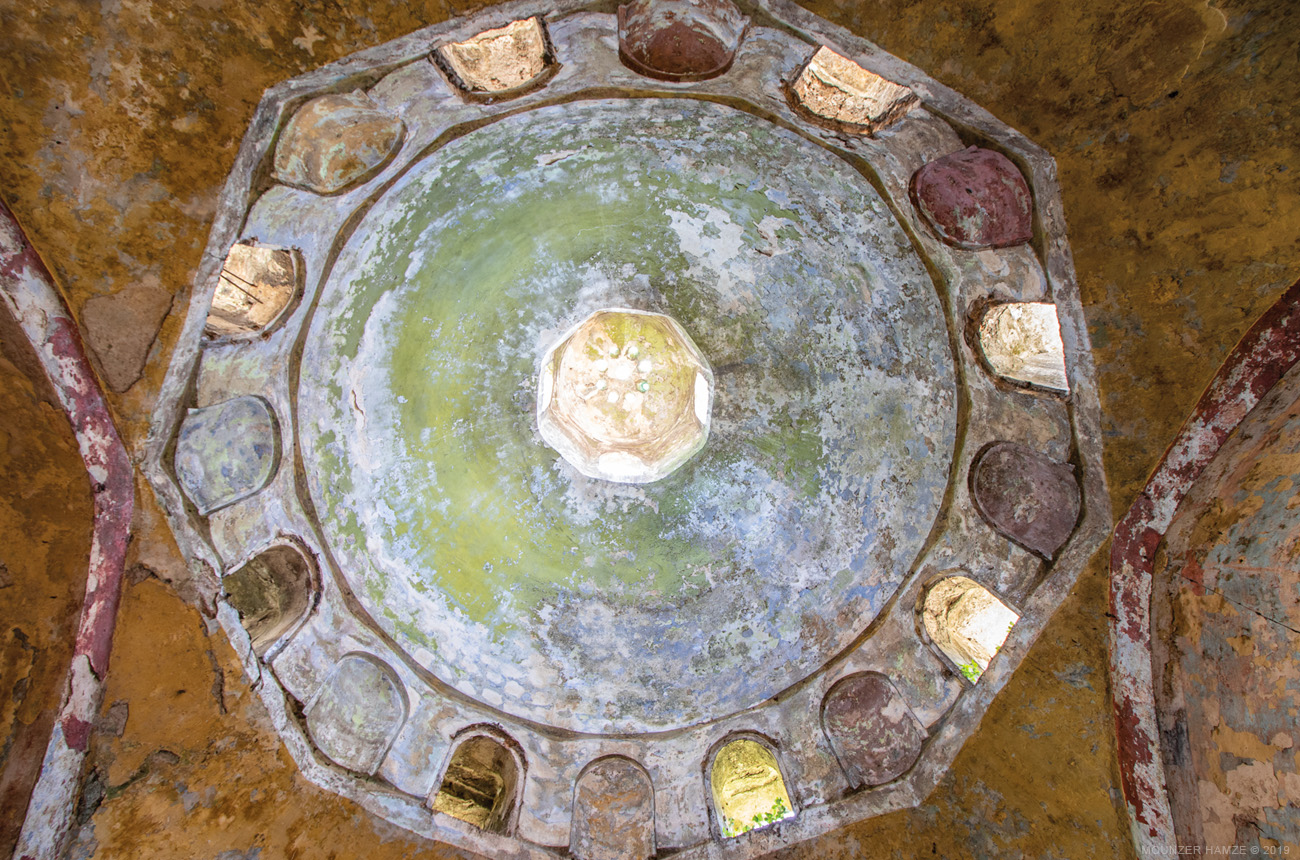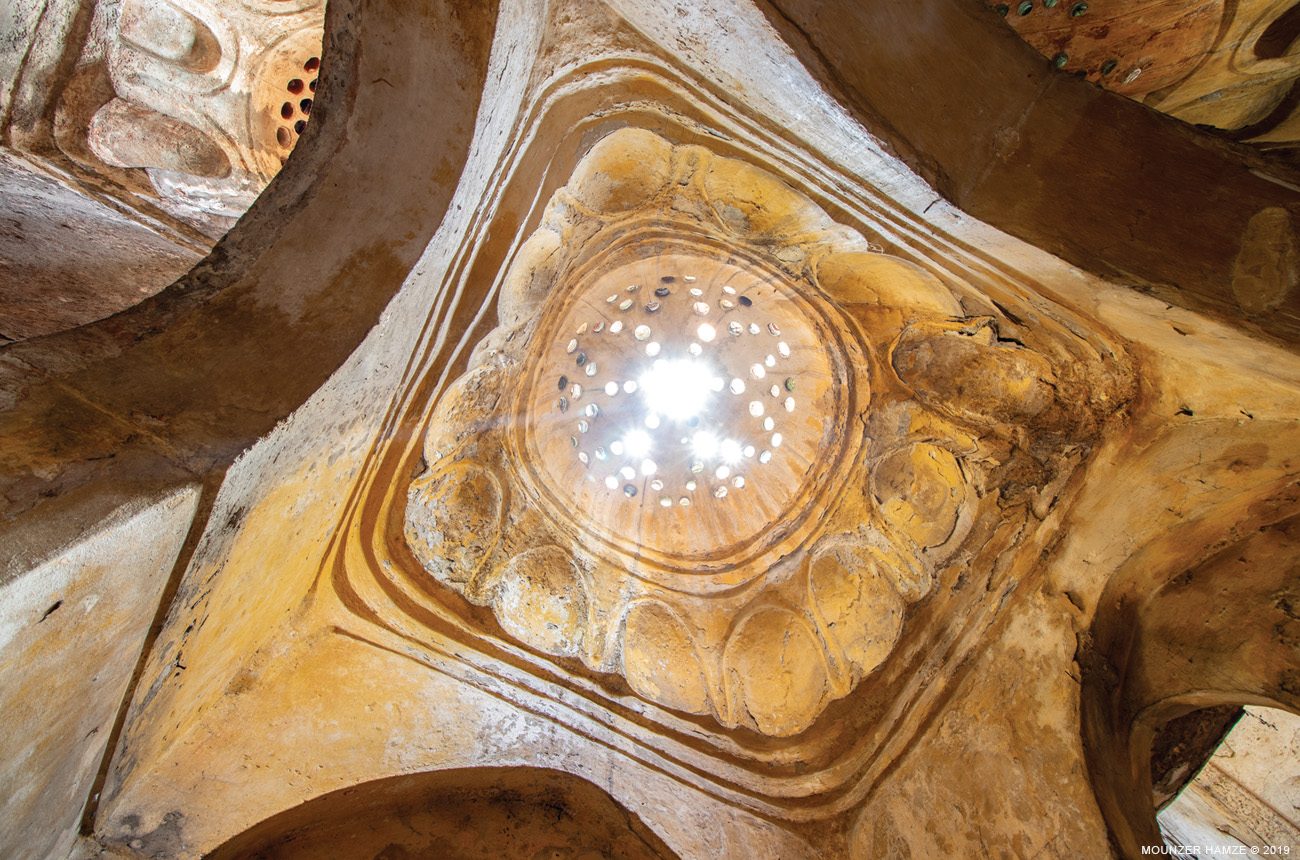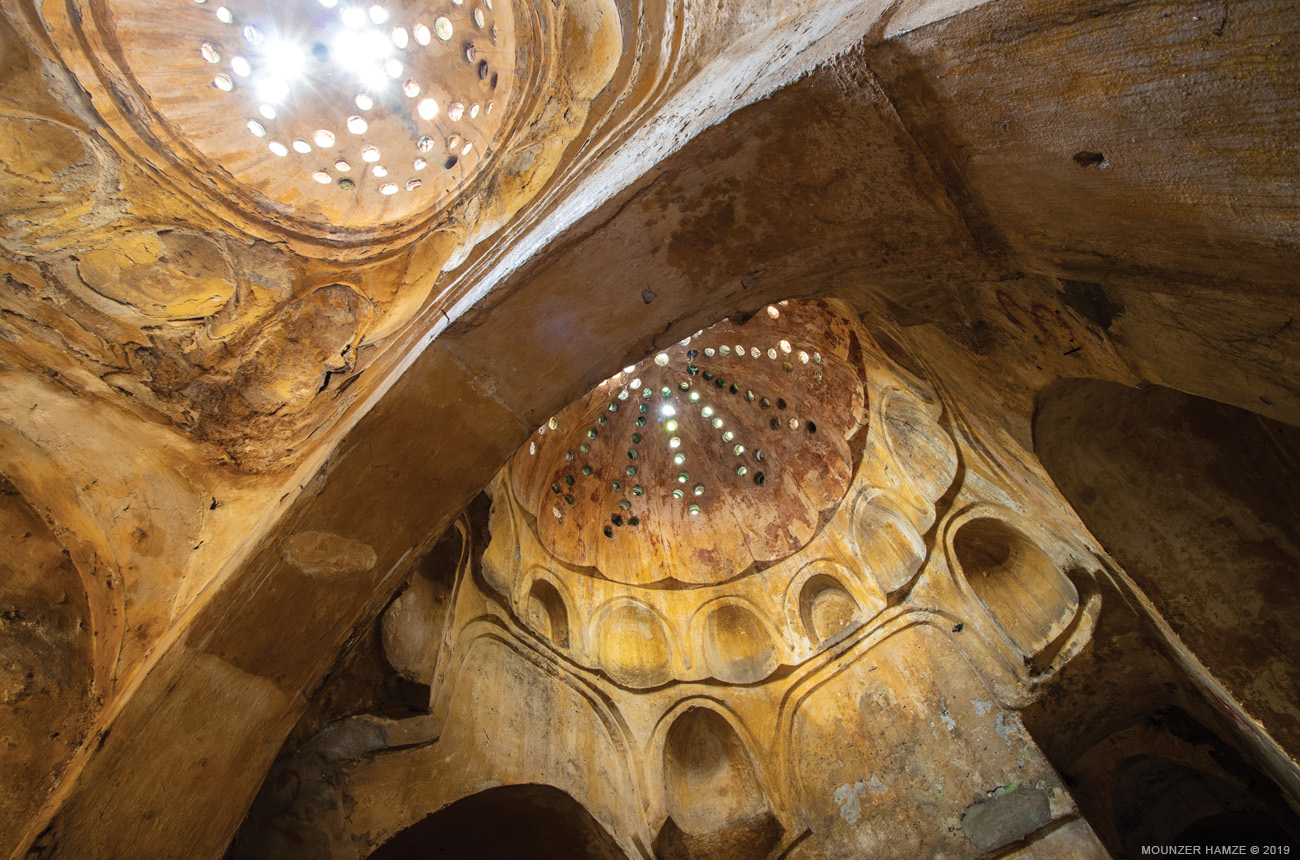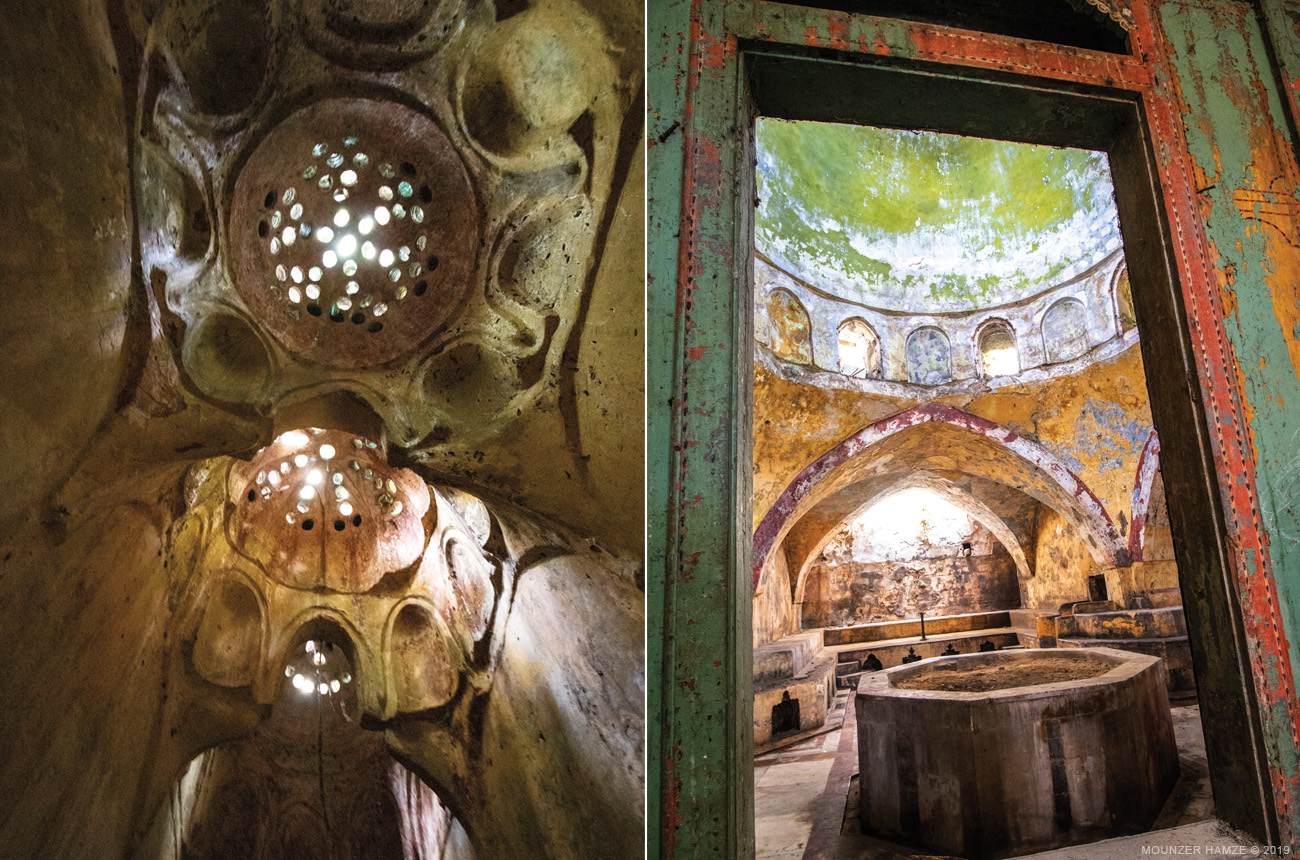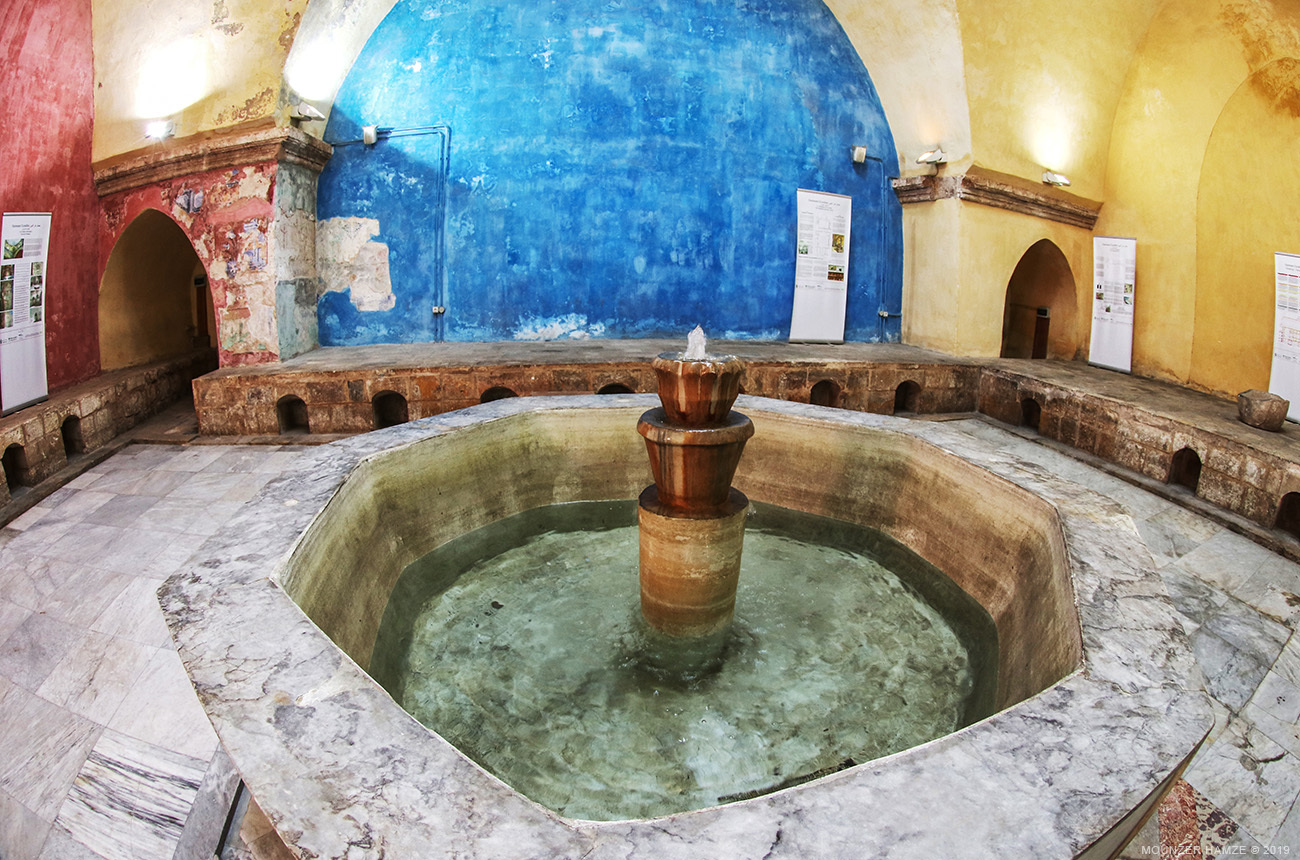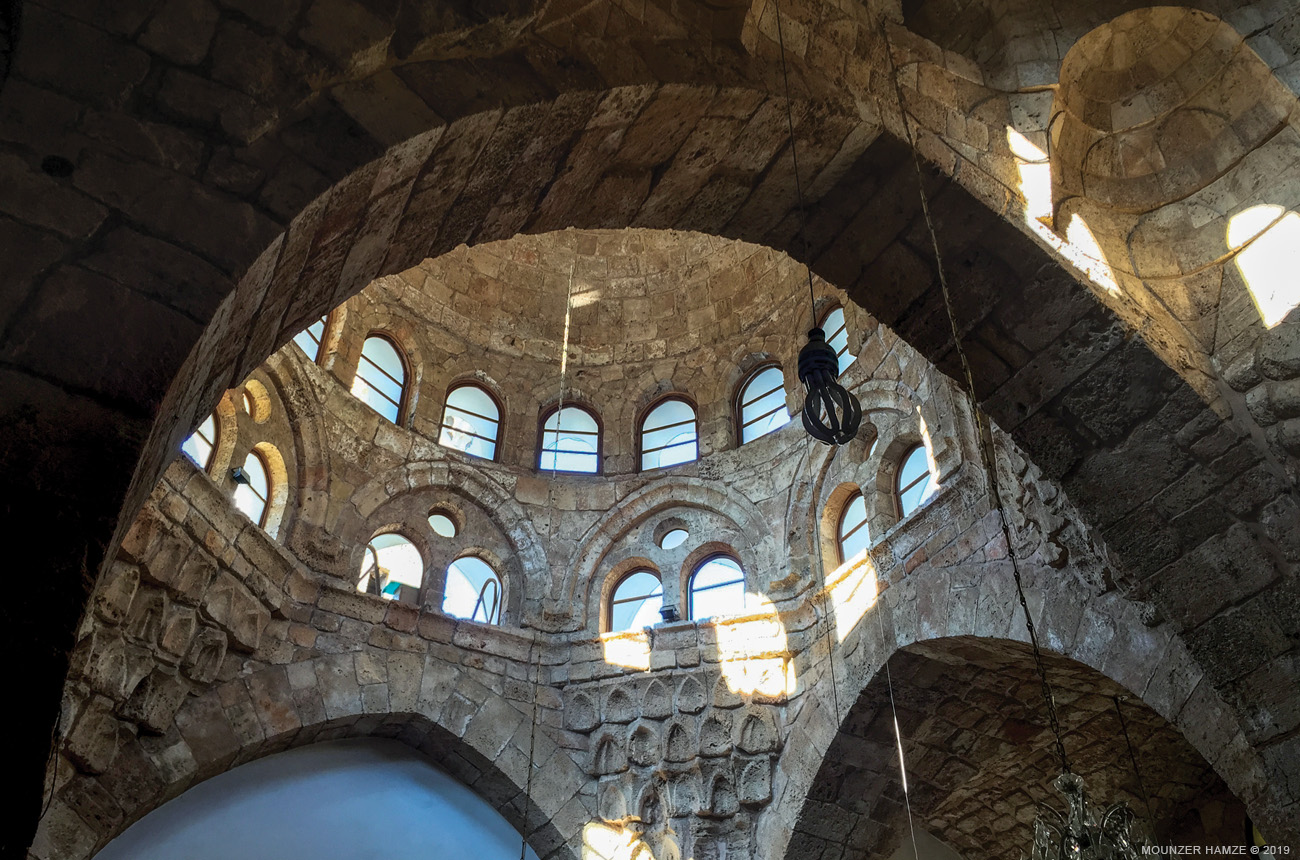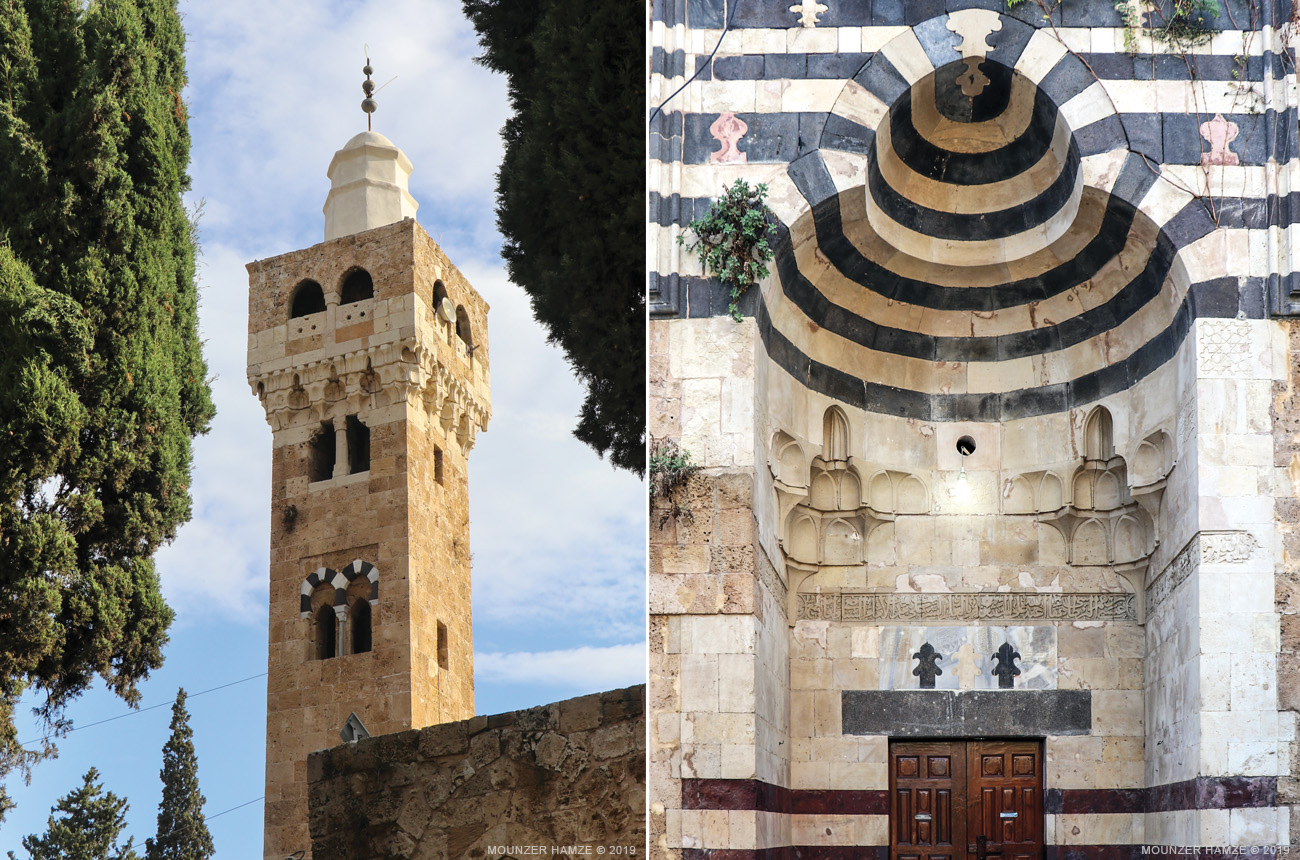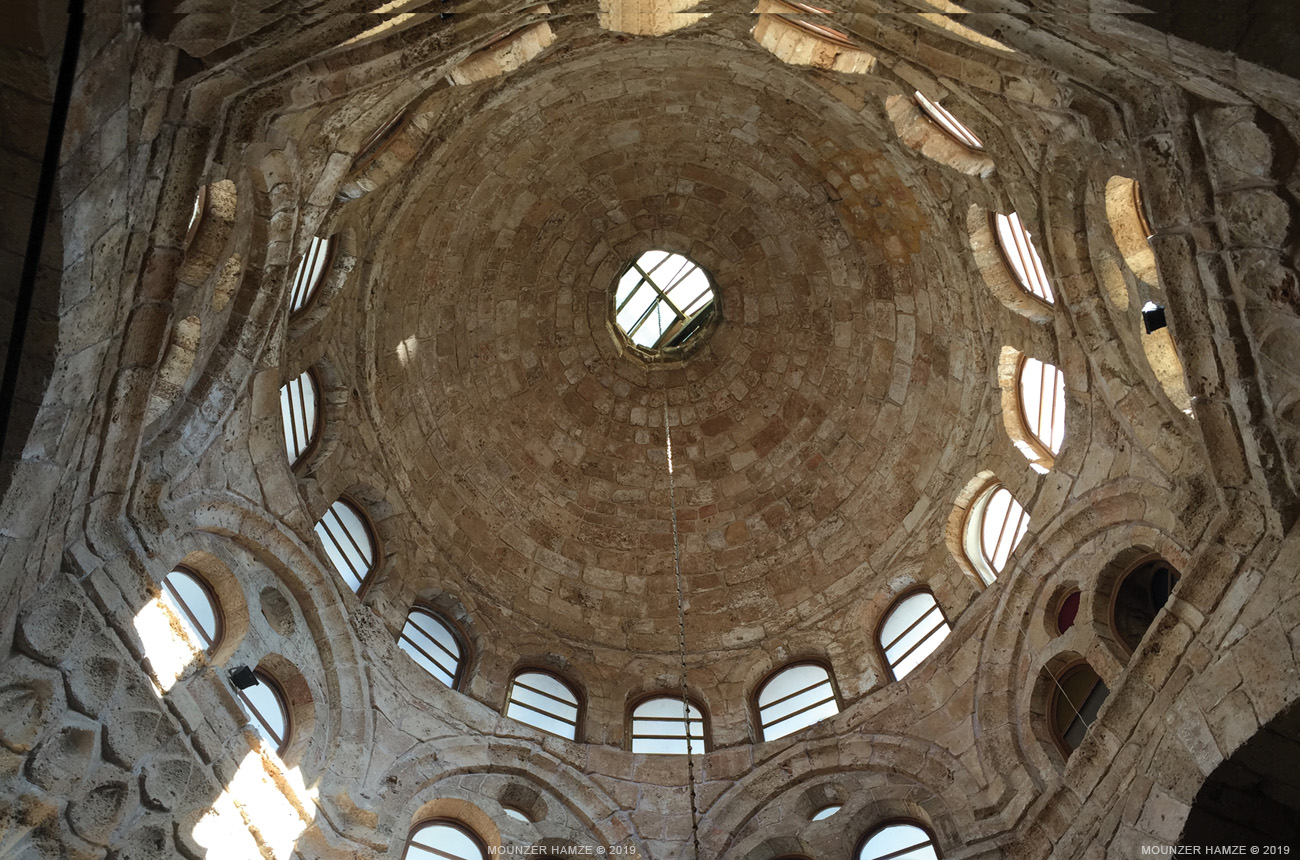Tripoli Downtown
Downtown, or what can be called downtown Tripoli is the Tall square and its surroundings. The area extends to the old city’s eastern border and connects to the modern western city wing through Banks street, the beginning of Azmi Street and El-Mina road, up to the borders of Abdul Hamid
Al Takiya Al Mawlawiyah
It is one of the greatest Takiya Mawlawiya (shelter), one of the seven (Cairo, Jerusalem, Damascus, Aleppo, Bosnia and Cyprus) that are found outside Turkey.
Bersbay Tower
At the end of the thirteenth century, the Mamluks won again the crusaders who left Tripoli. But they continued to attack the coasts of the city from the two islands: Cyprus and Rhodes. Therefore, the Mamluks built these towers to defend the city along the coast.
St. Nicolas Orthodox Church
At the beginning of the 19th century, Tripoli’s Muslims and Orthodox Christians agreed to replace the old church that was adjacent to the Ouayseya Mosque in the Old City with a mosque in the Tarbeeh area to build a new church.
Madrassas
Schools spread in Tripoli in Mamluks time for various Islamic Religion tutoring. Thirty-five schools still exist after the city lost six of them in the last flood in mid-20th century.
Khan El Khayatine
It is one of the most beautiful Mamluk Khans of Tripoli. It is characterized by its unique design consisting of a long yard partially roofed similar to a street, a cluster of shops to the right and left, eastern and western gates at each end.
Hammam Al Jadid
Tripoli's most beautiful and most luxurious; the Hammam is currently undergoing restoration. It is the new Ottoman bath built by Asaad Pasha al-Athem in 1740 AD. It features a luxurious gateway decorated with cornices, domes and beautiful finishes surrounded by white and black stones.
Hammam El Nouri
Hammam Al-Nouri has been inoperative since the 1970s and needs restoration; however, time and neglect have added strange charm and beauty. It is a cave of history that tells the story of a place that was bustling for eight long centuries.
Hammam Ezzeddine
Built by the Mamluk ruler Ezzedine Aybak Al-Moussli in 1294 AD (buried in a nearby mausoleum), on the ruins of a building from the Crusader period. His geometric designs are in line with the Tailors’ Khan's designs next door, suggesting they form one project. The Hammam was not subject to
Al Burtassi MOSQUE
Built during the Mamluk era in the eighth century Hijri / 14th century AD by Issa ibn Omar Al-Bartasi to serve as a school for teaching students religion on the Shafi'i principles and for Friday prayers; it stands on the banks of Abu Ali River with a captivating edifice that
